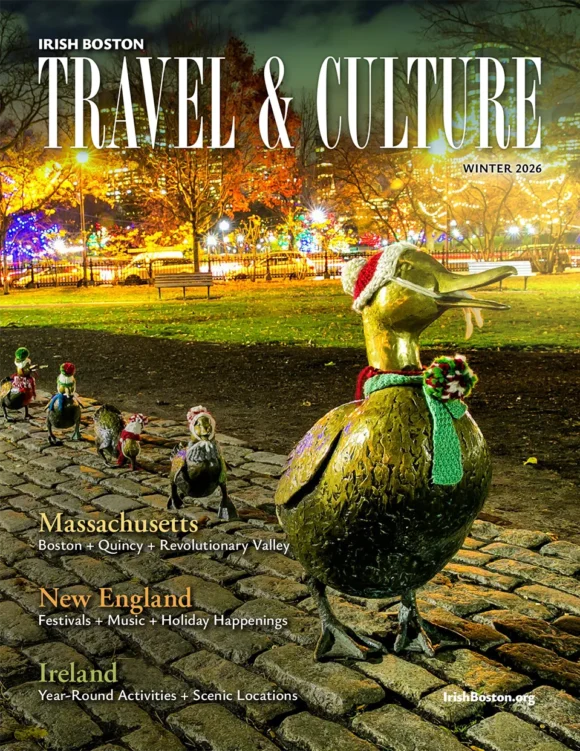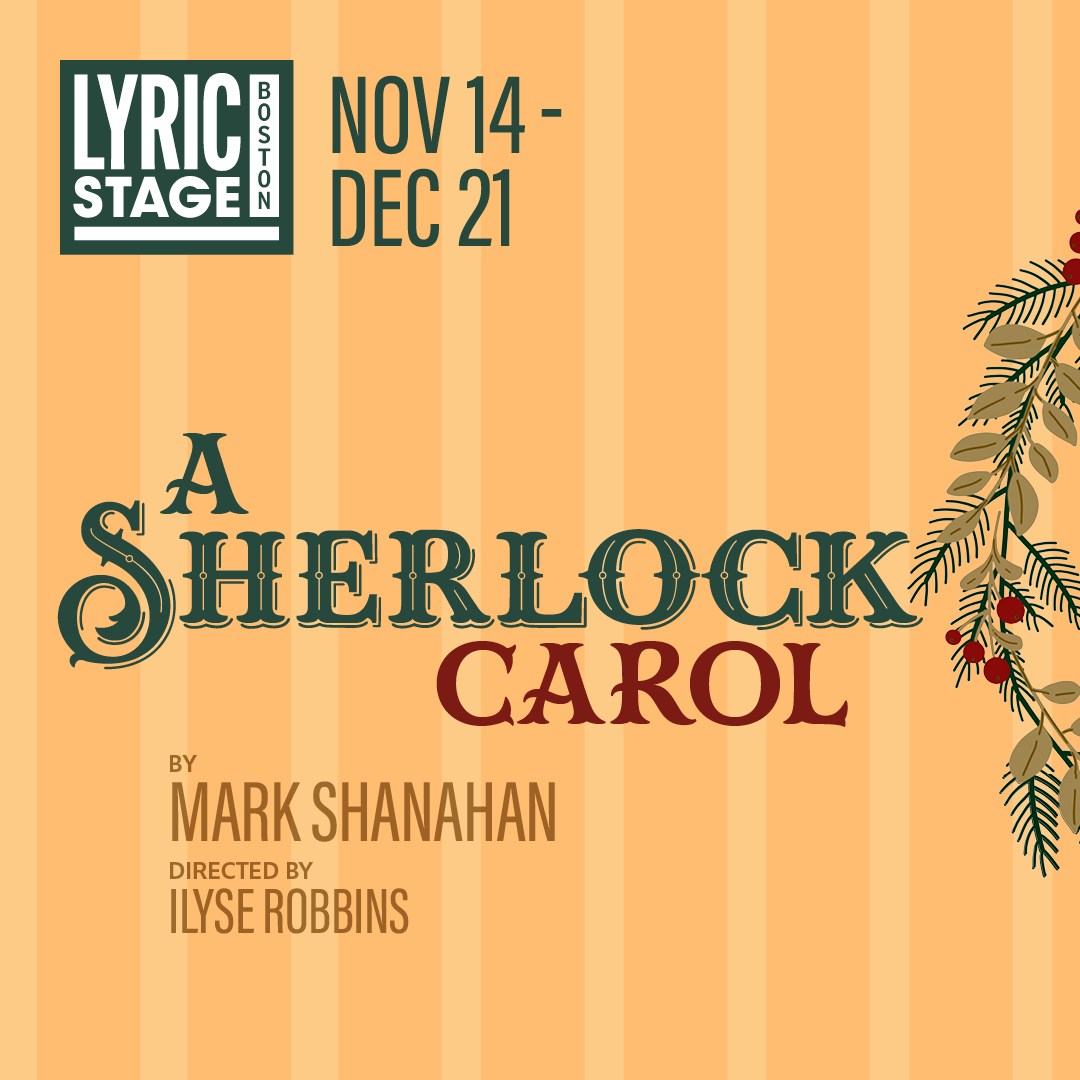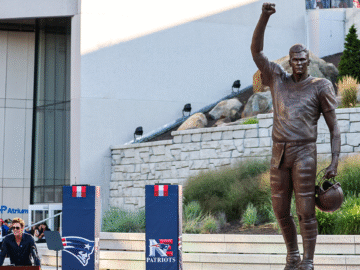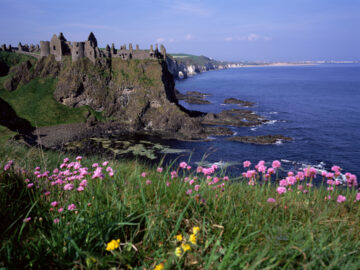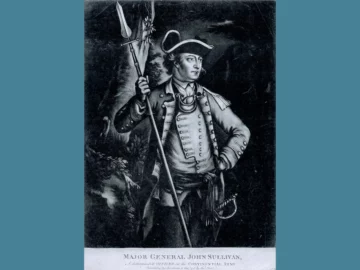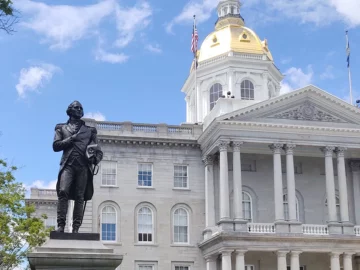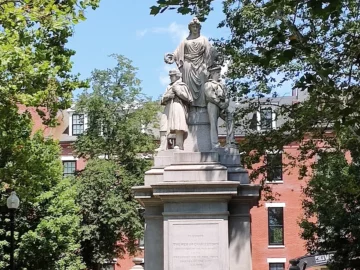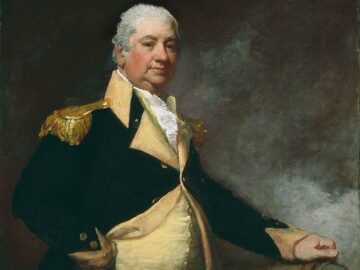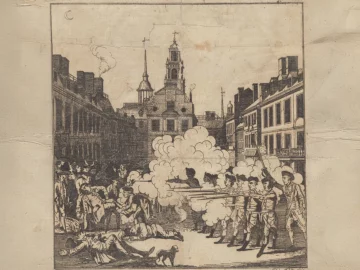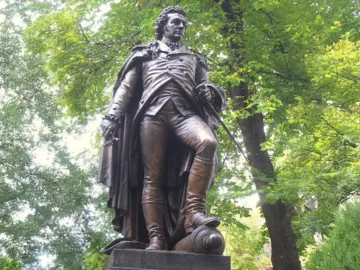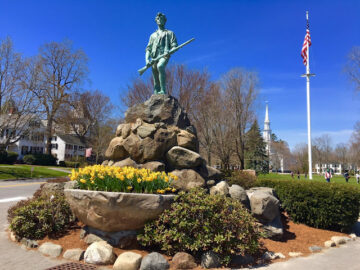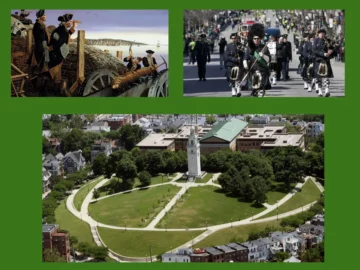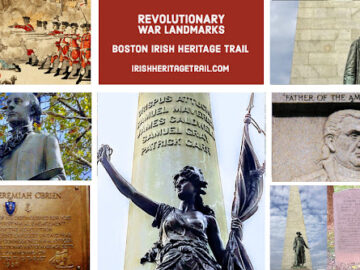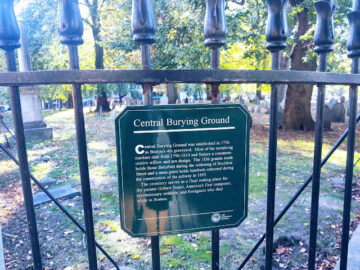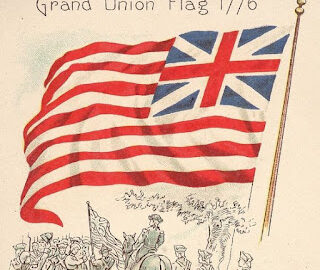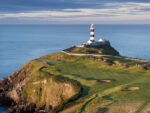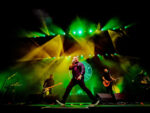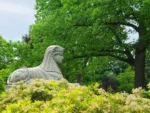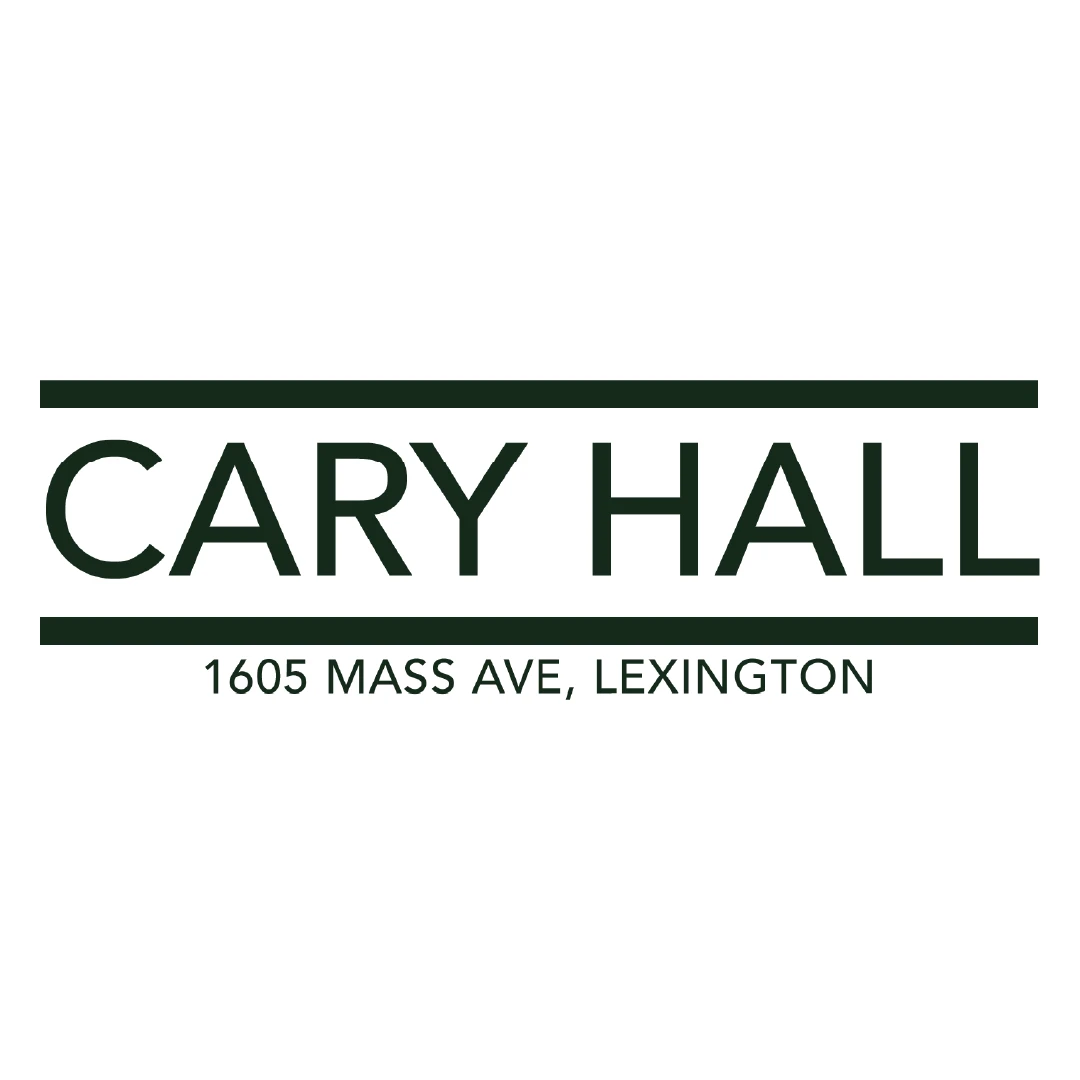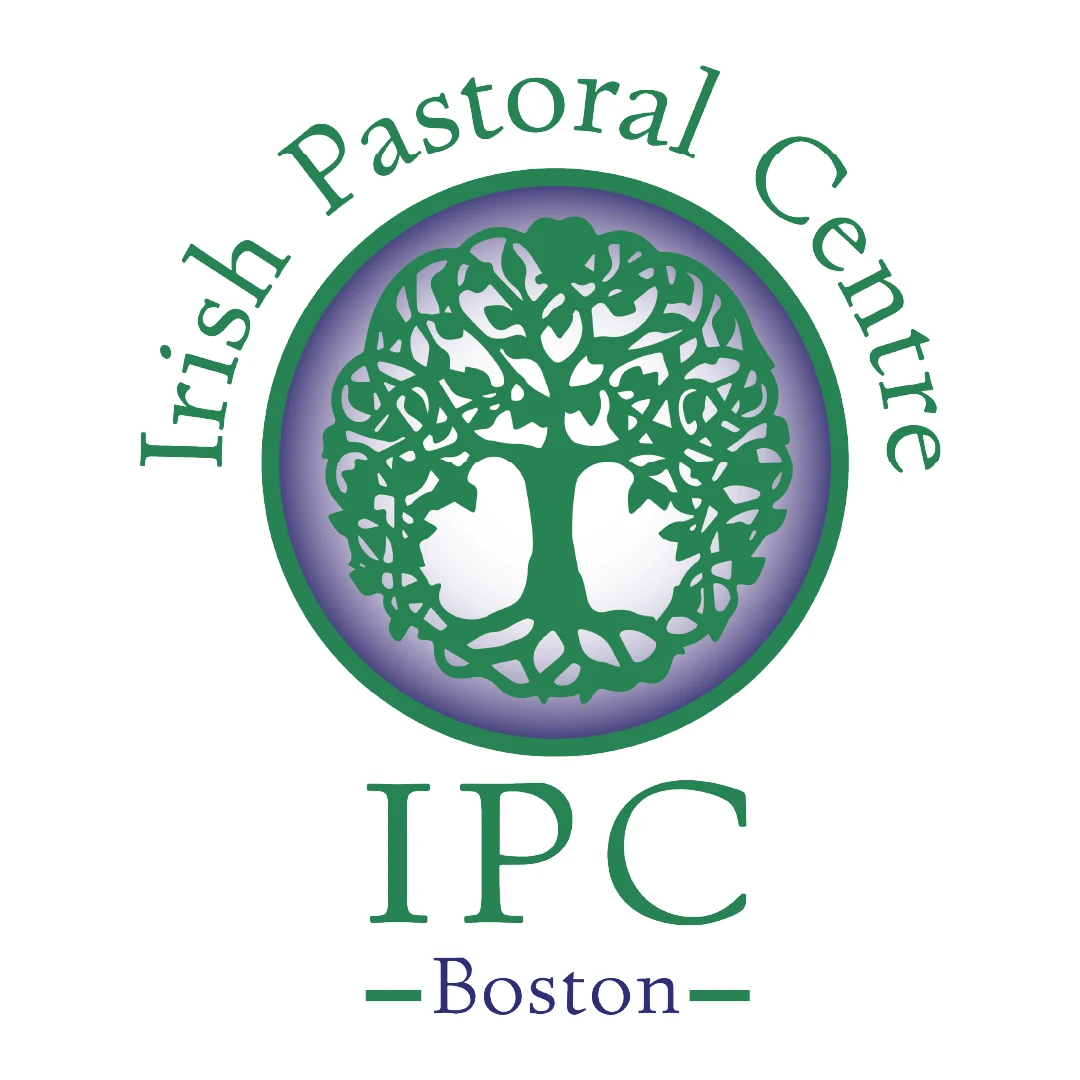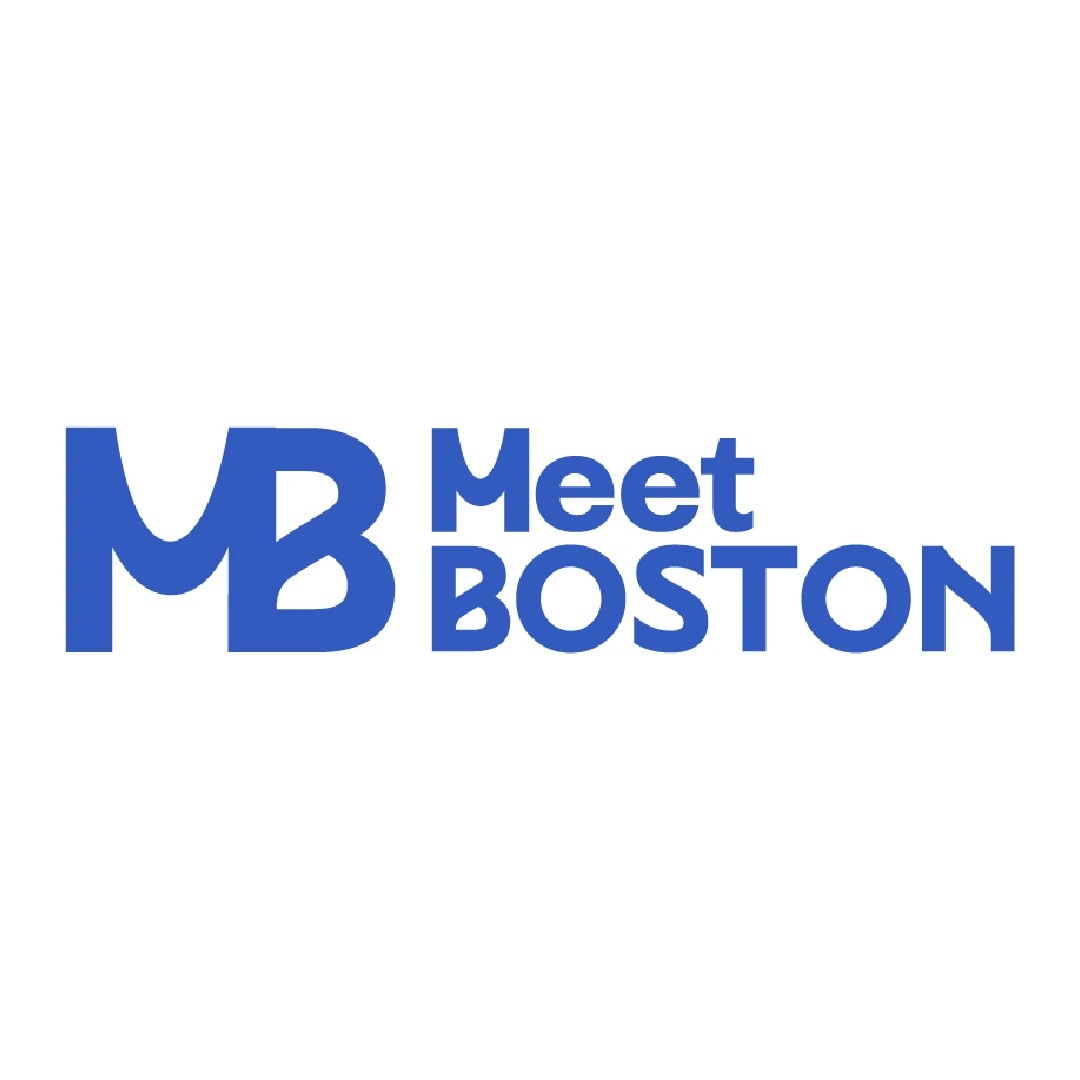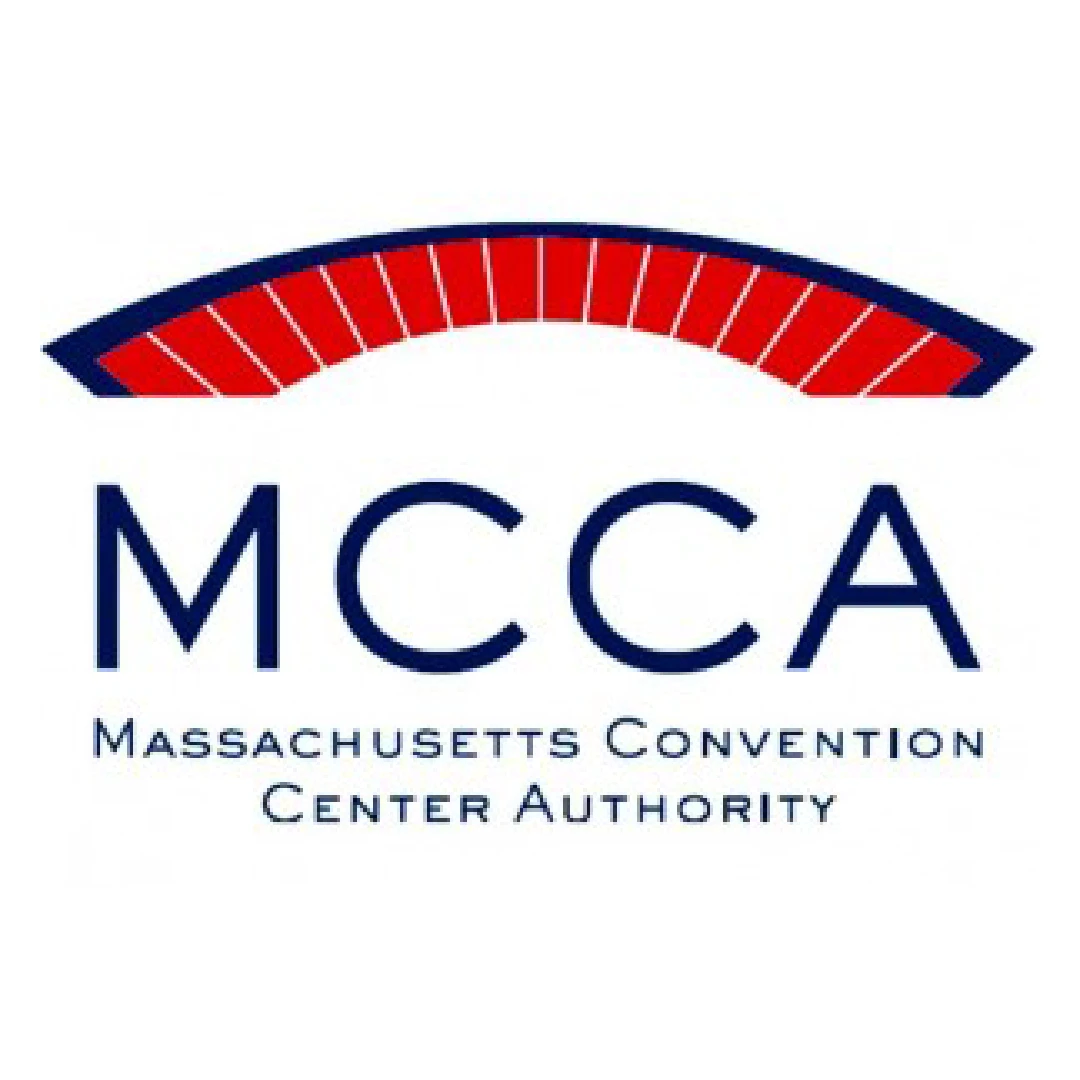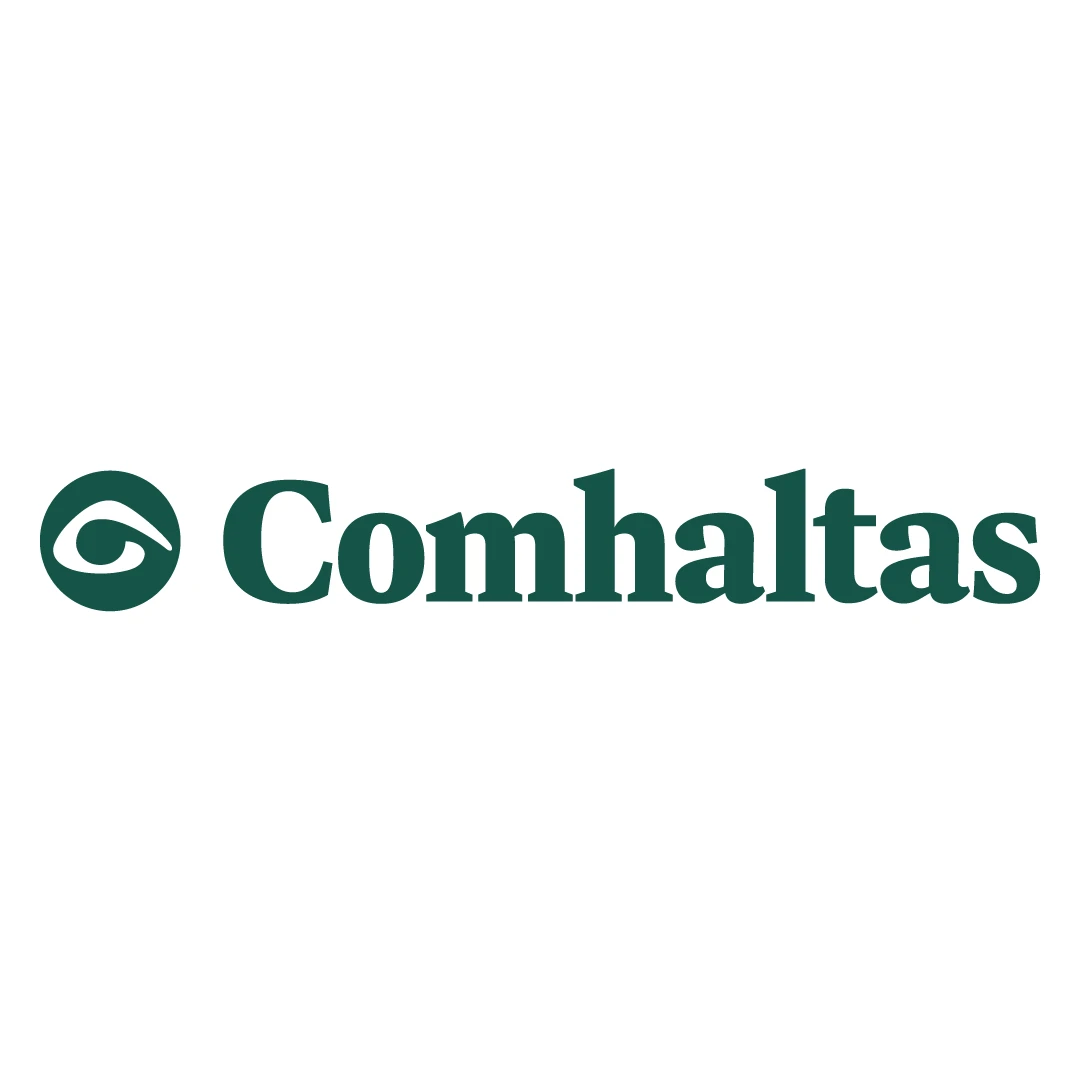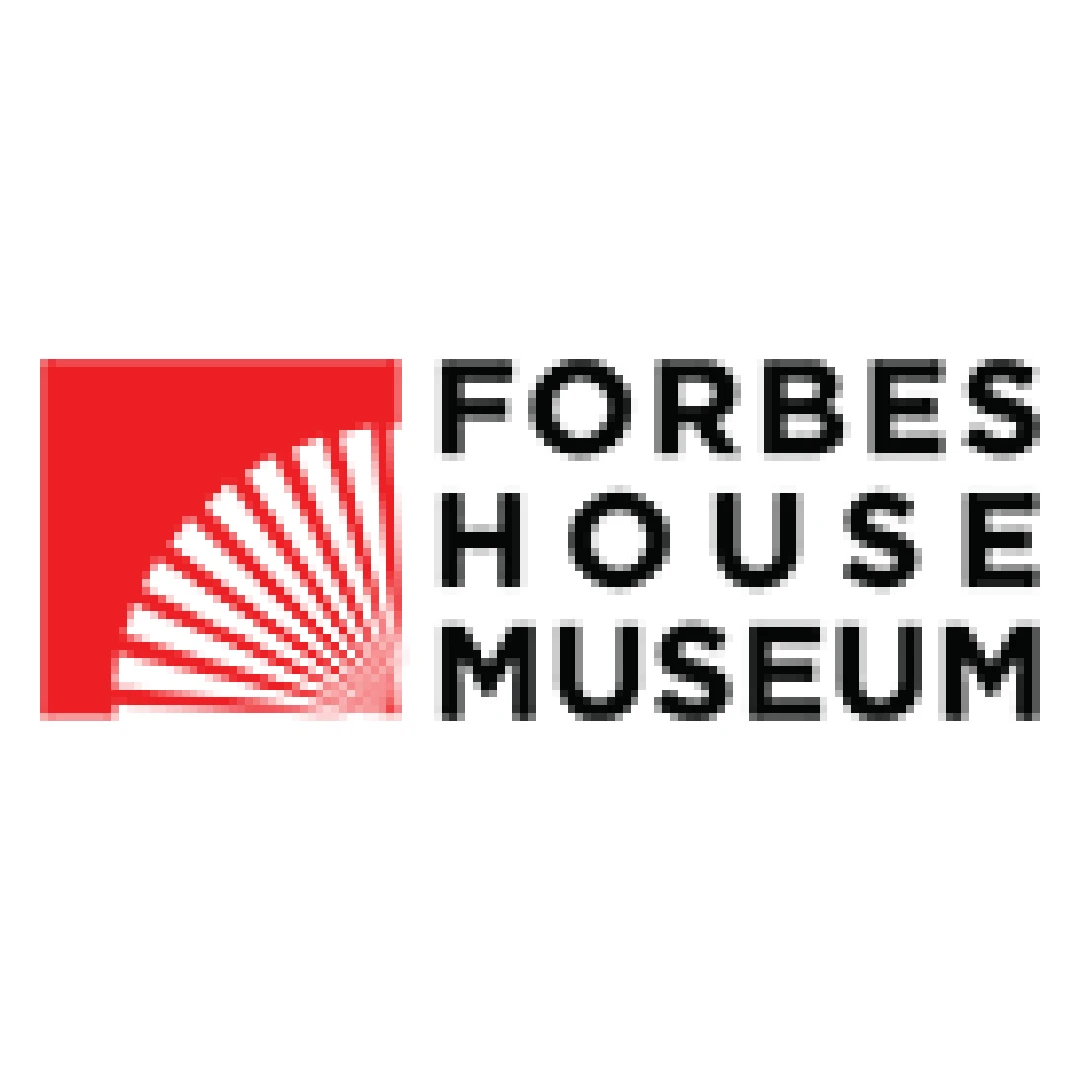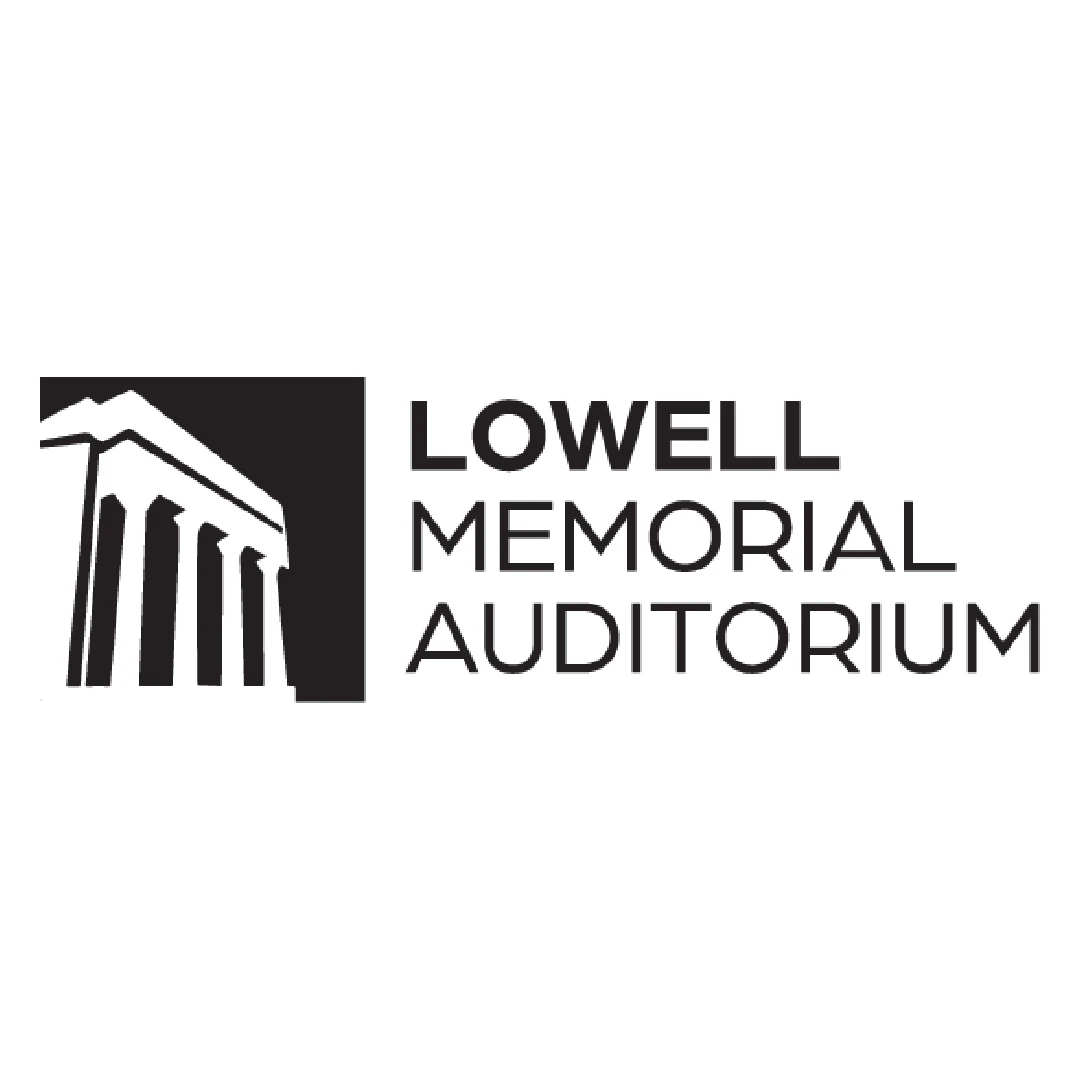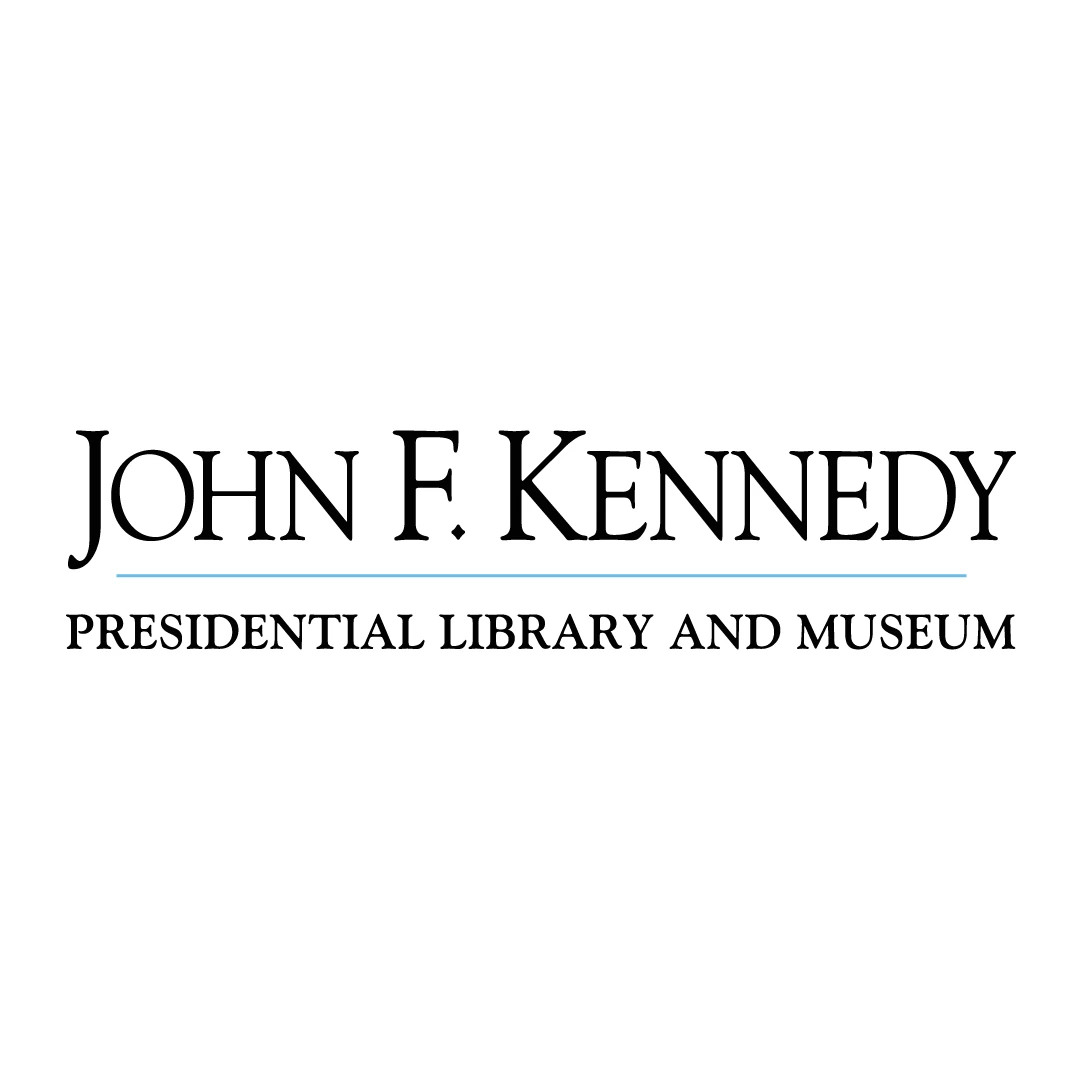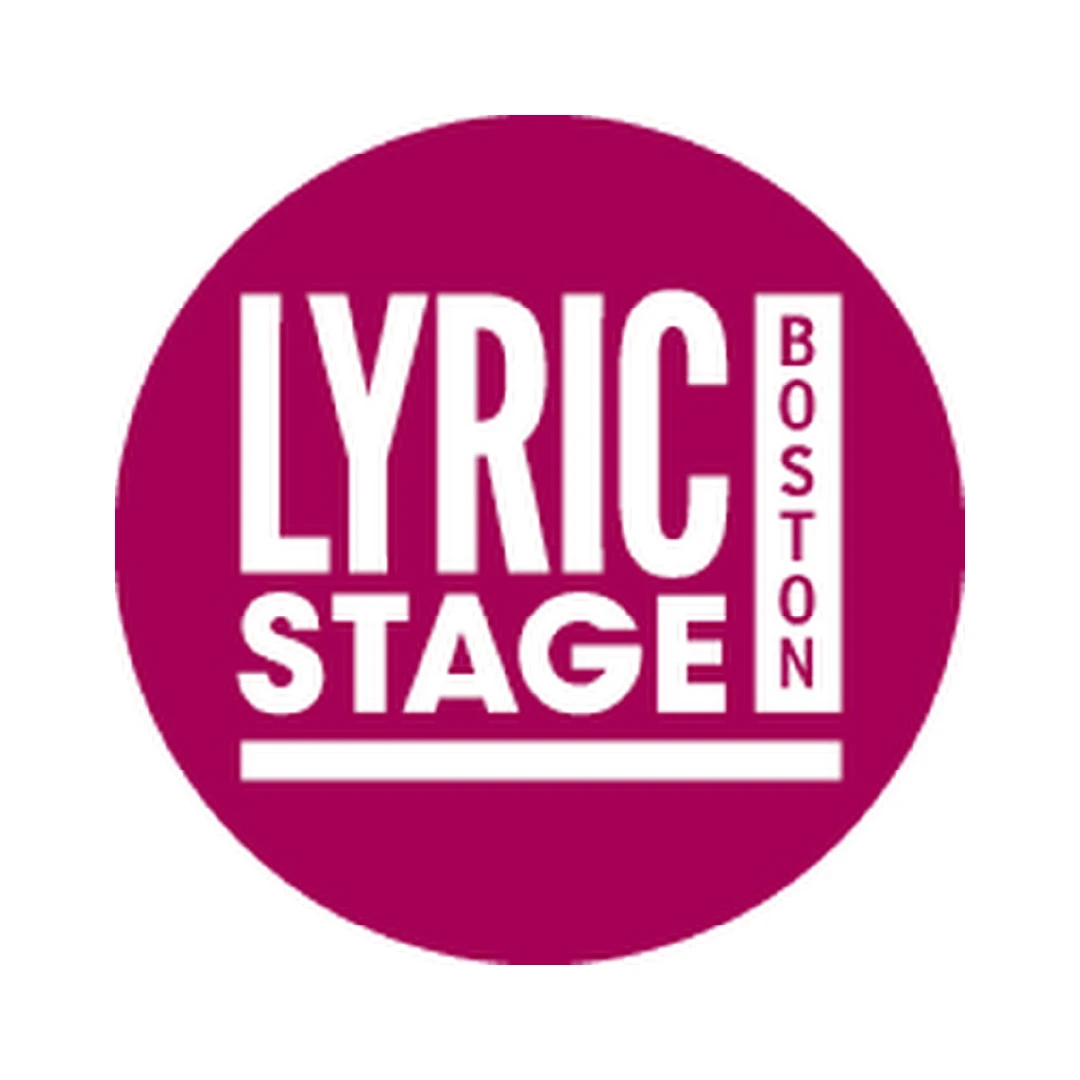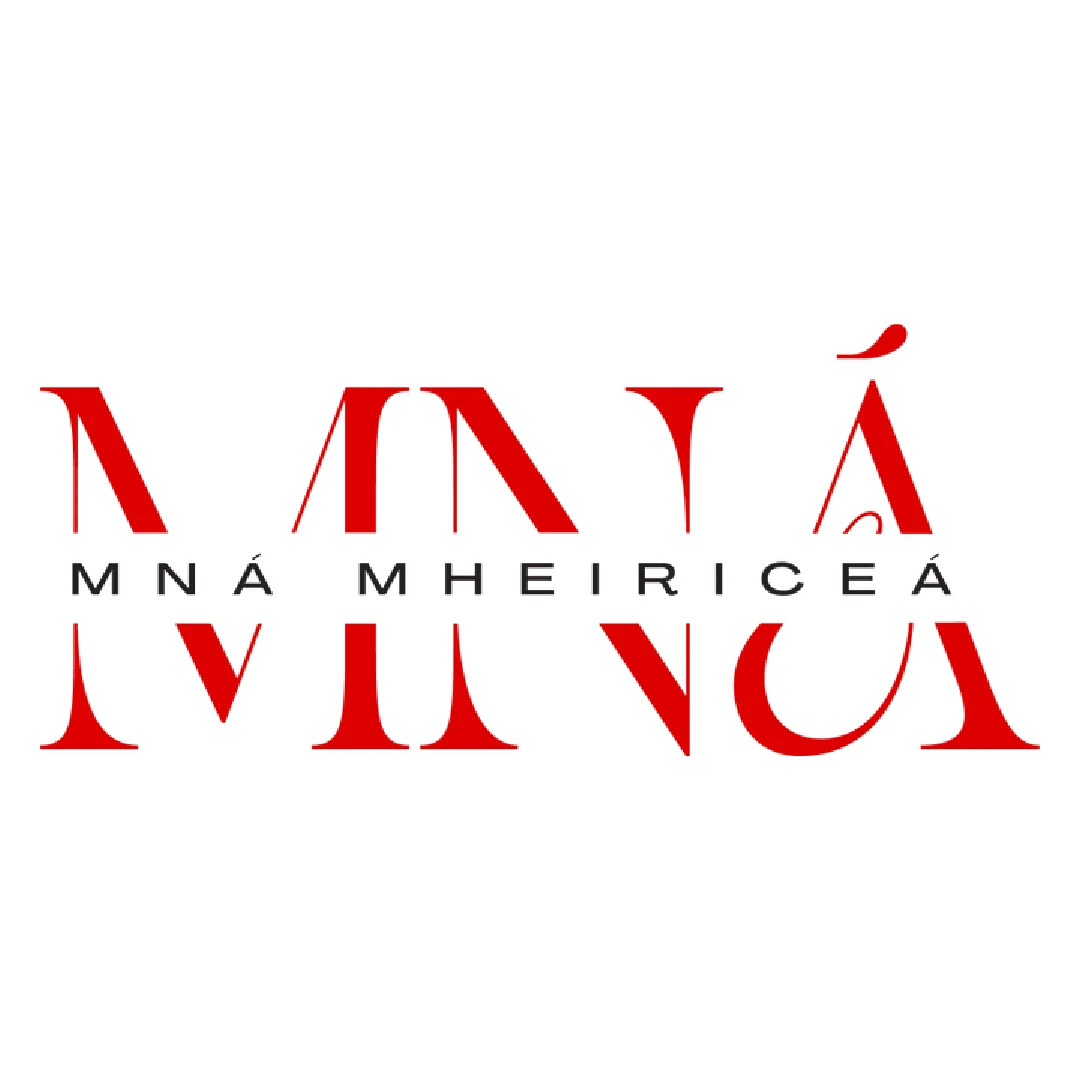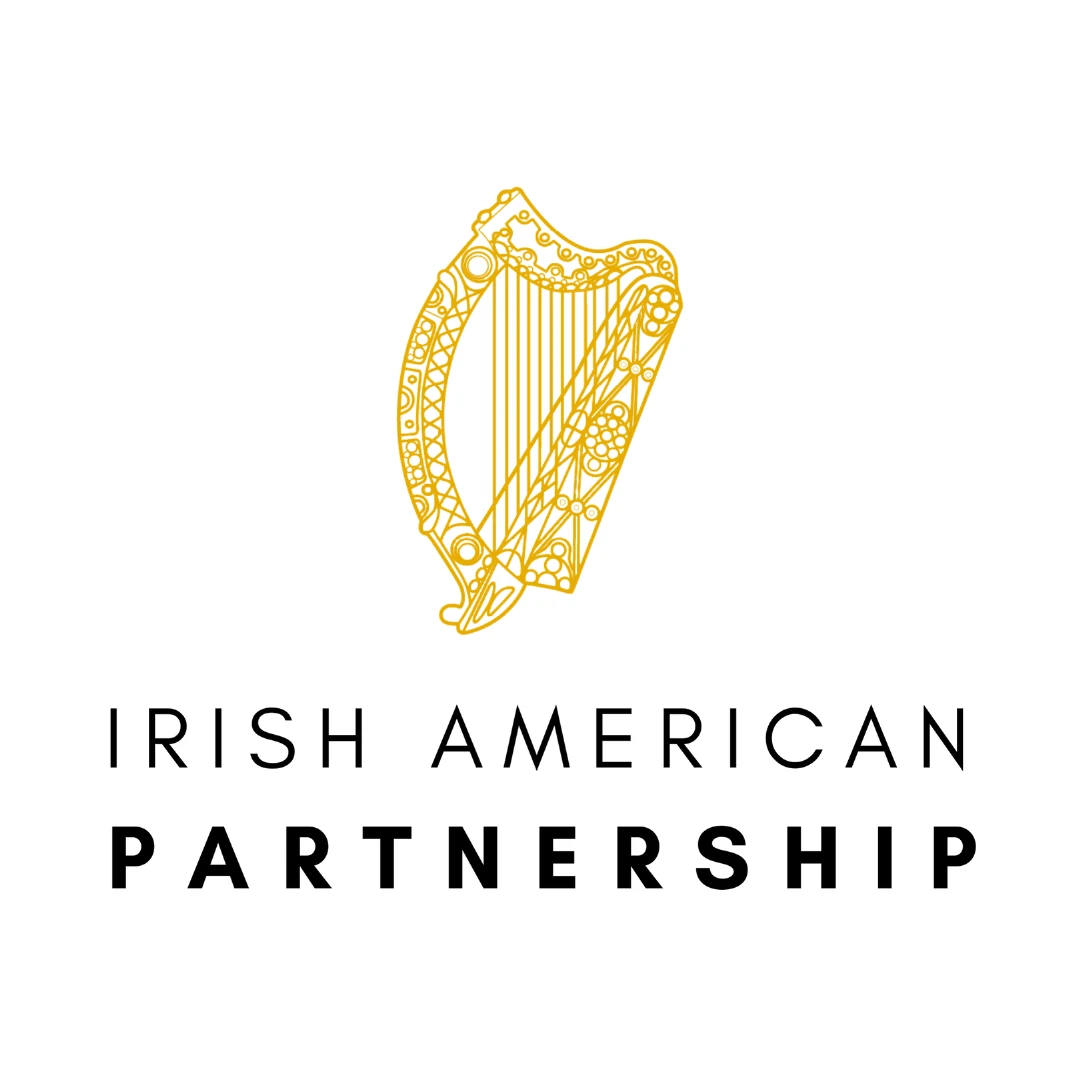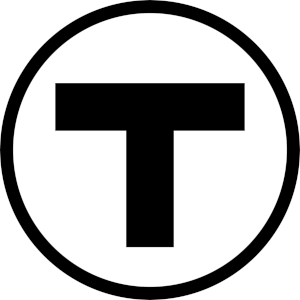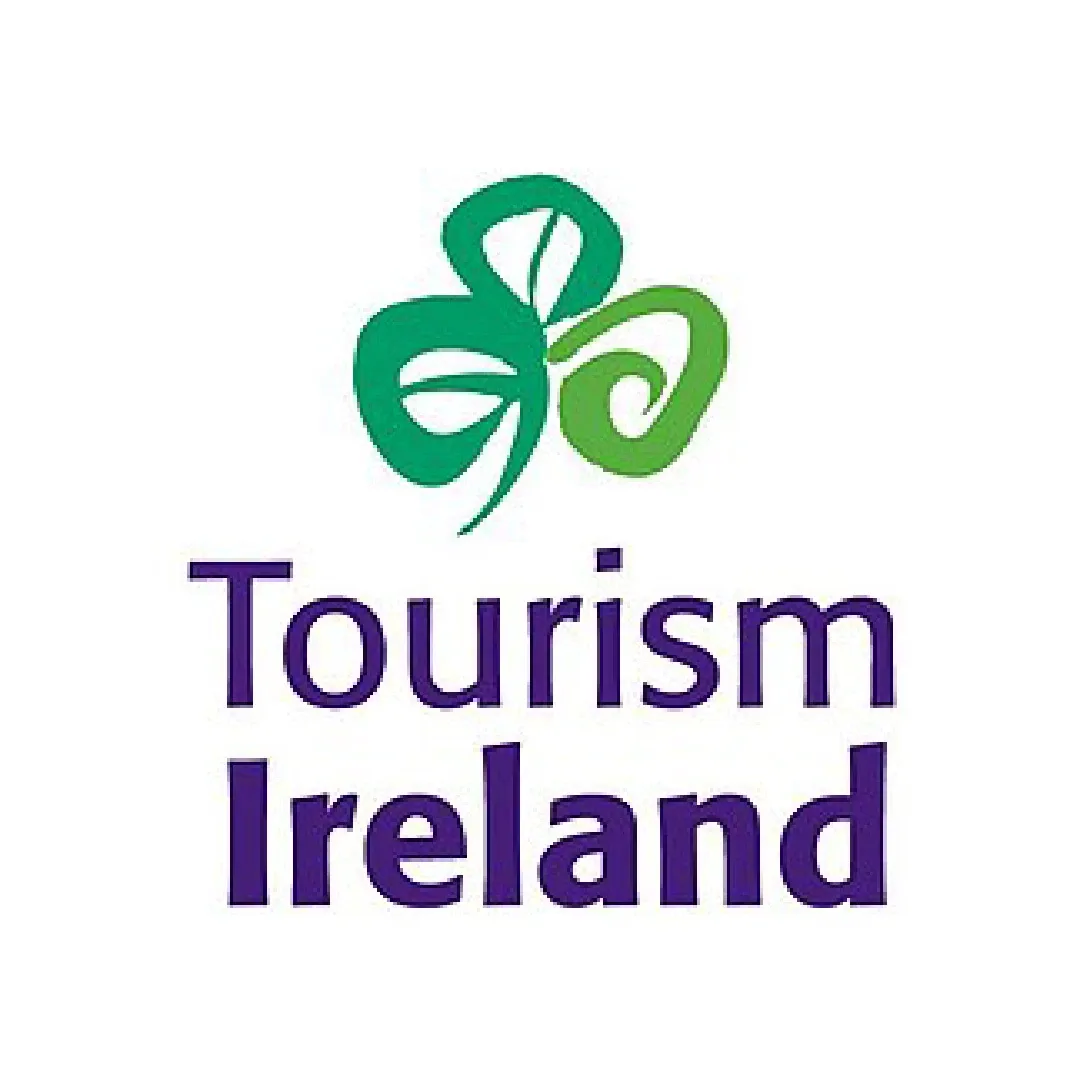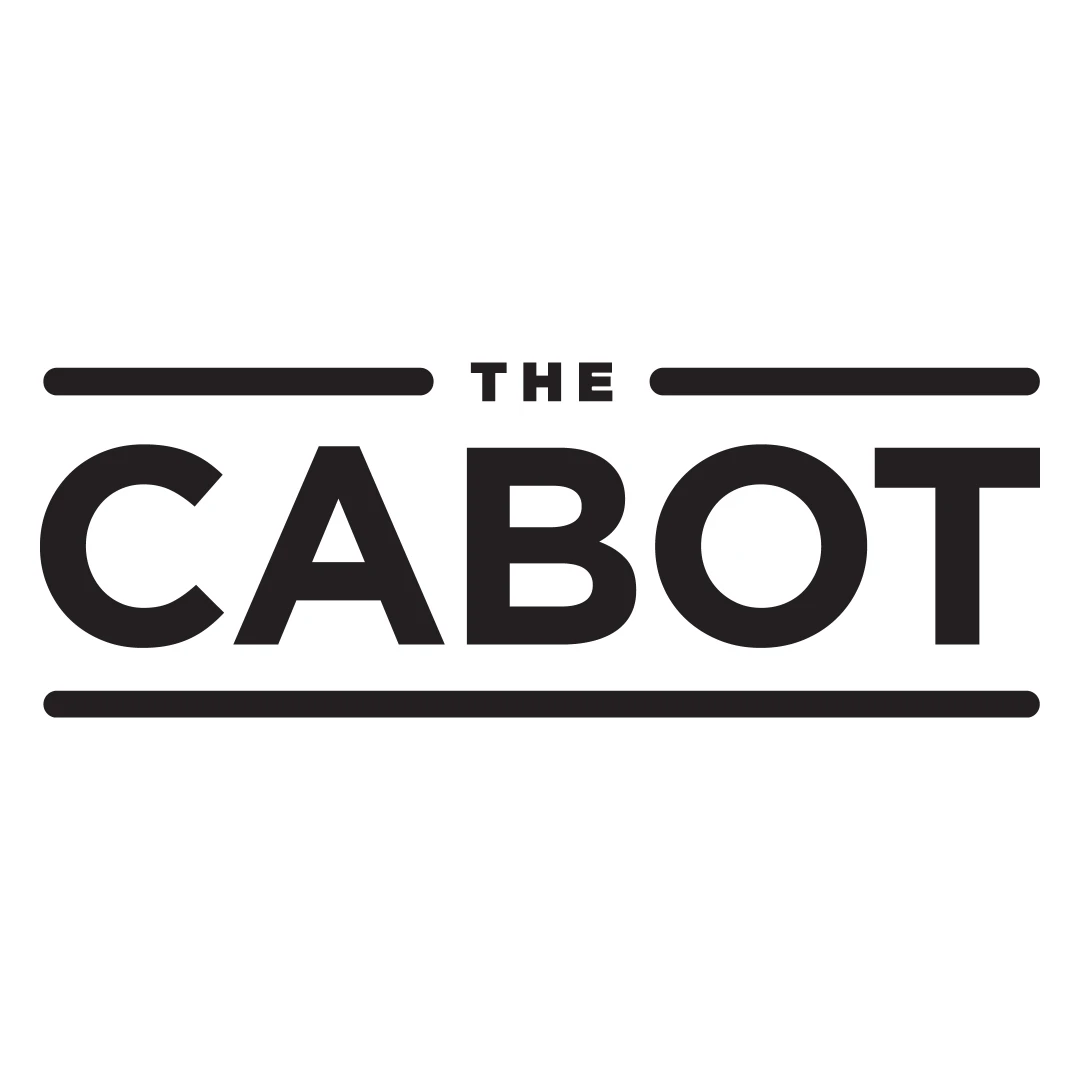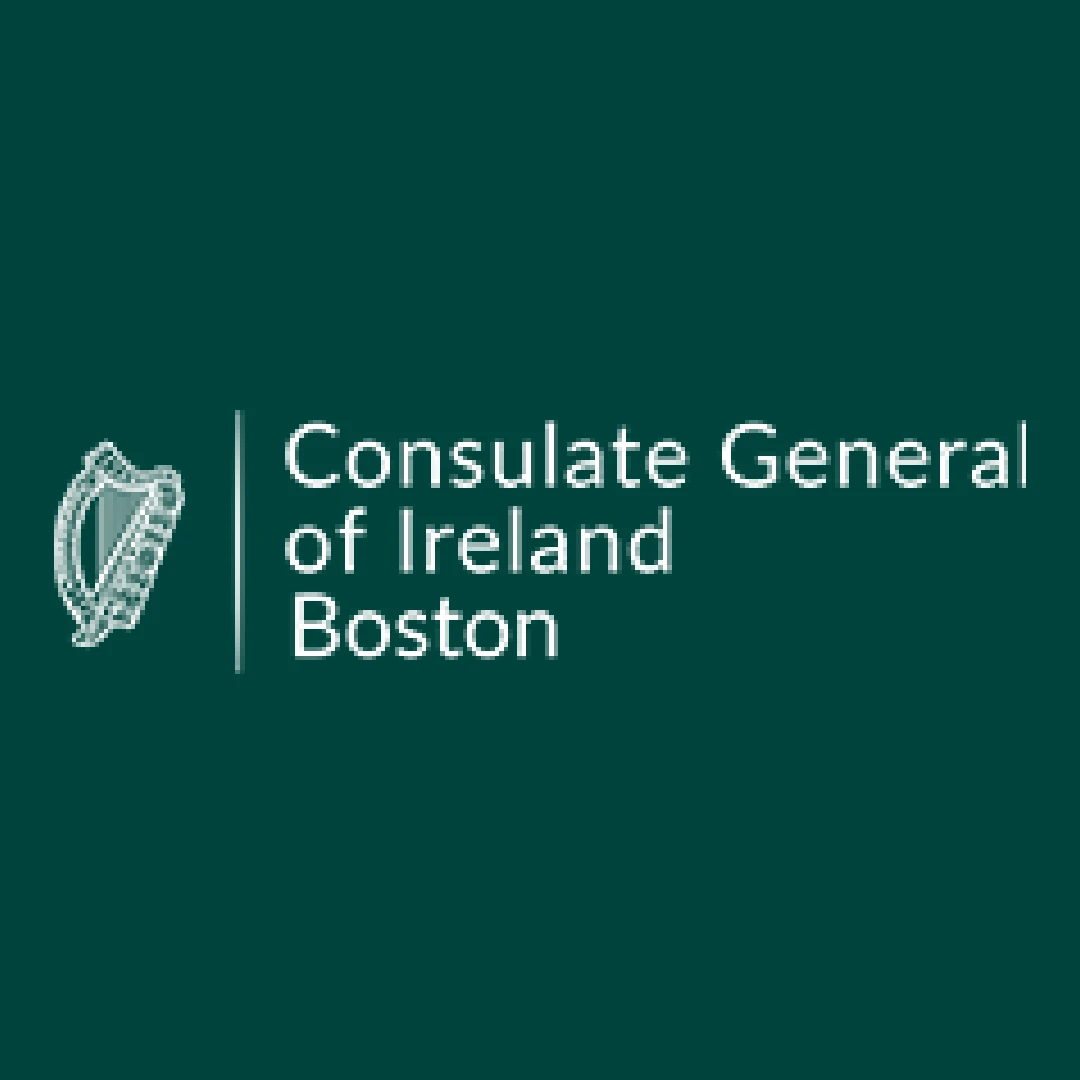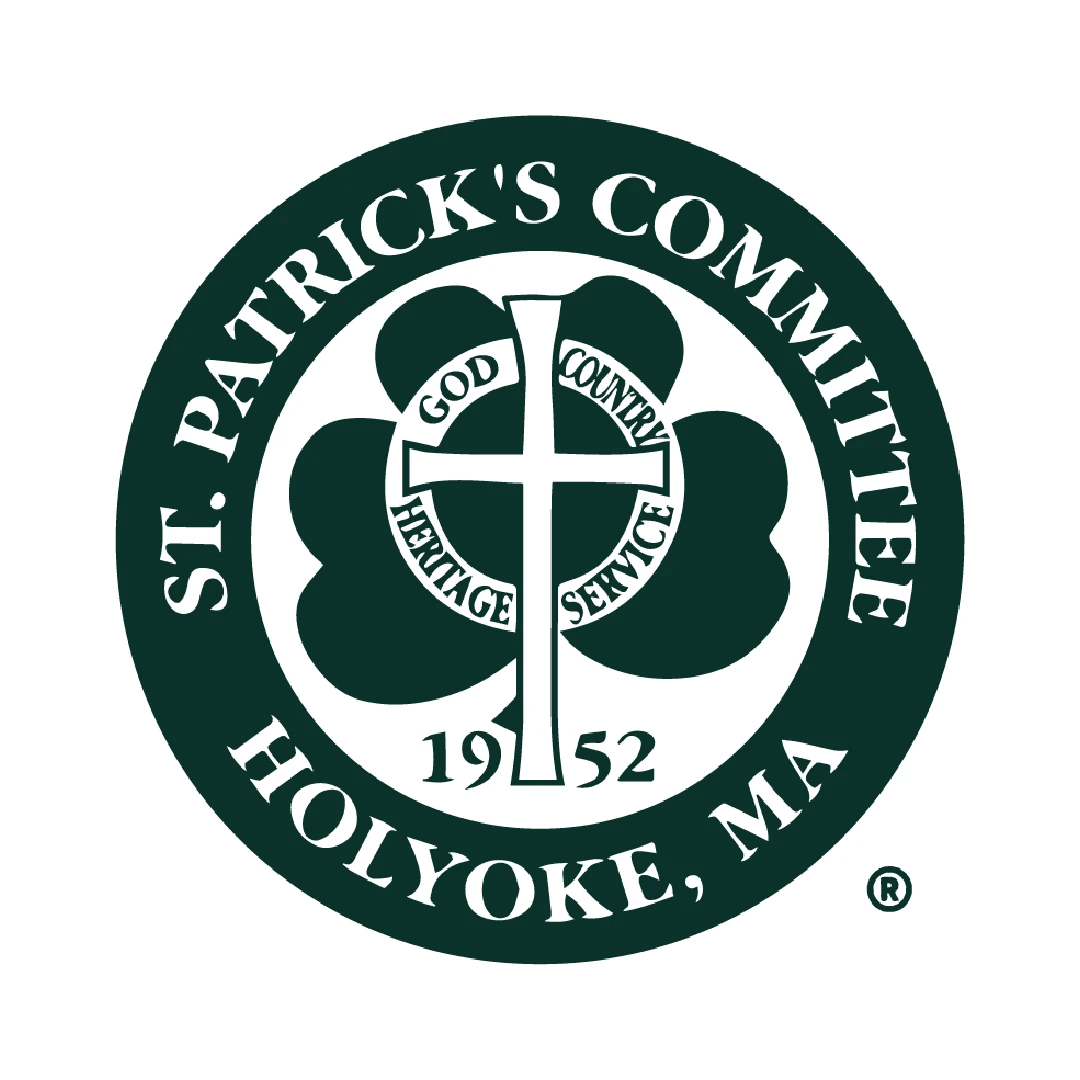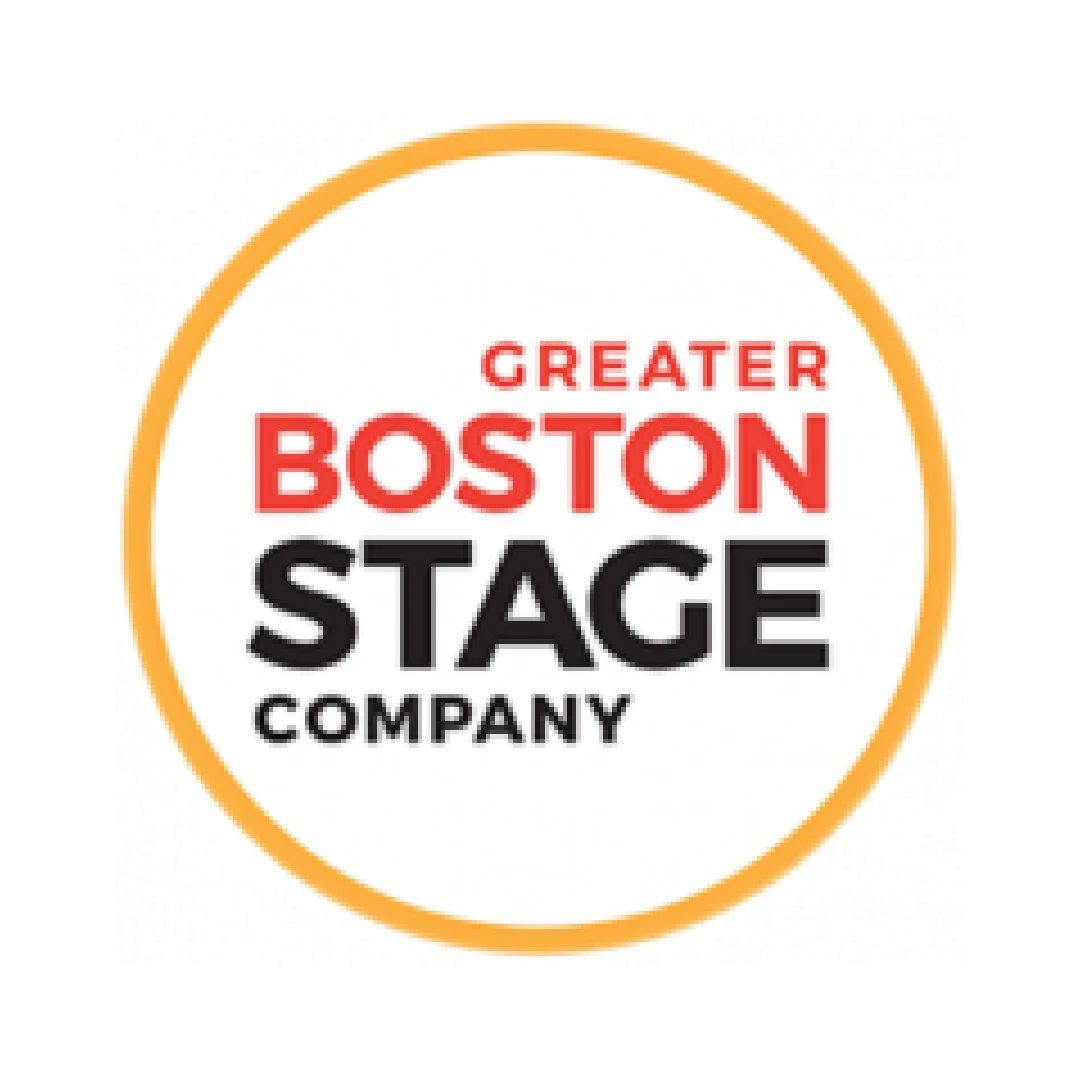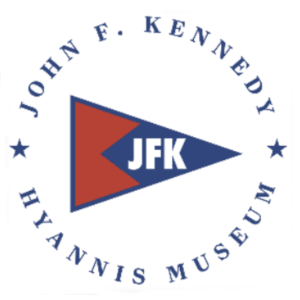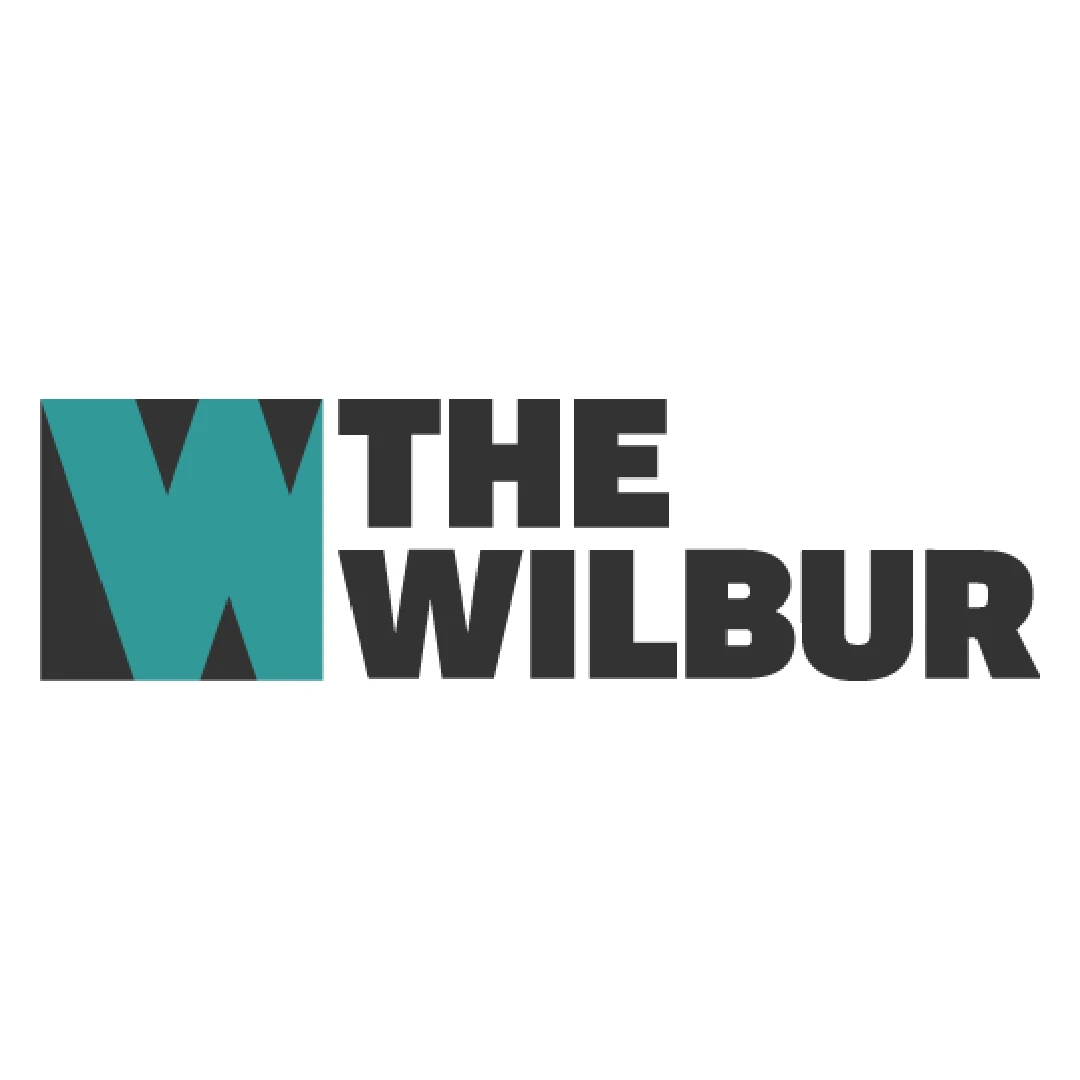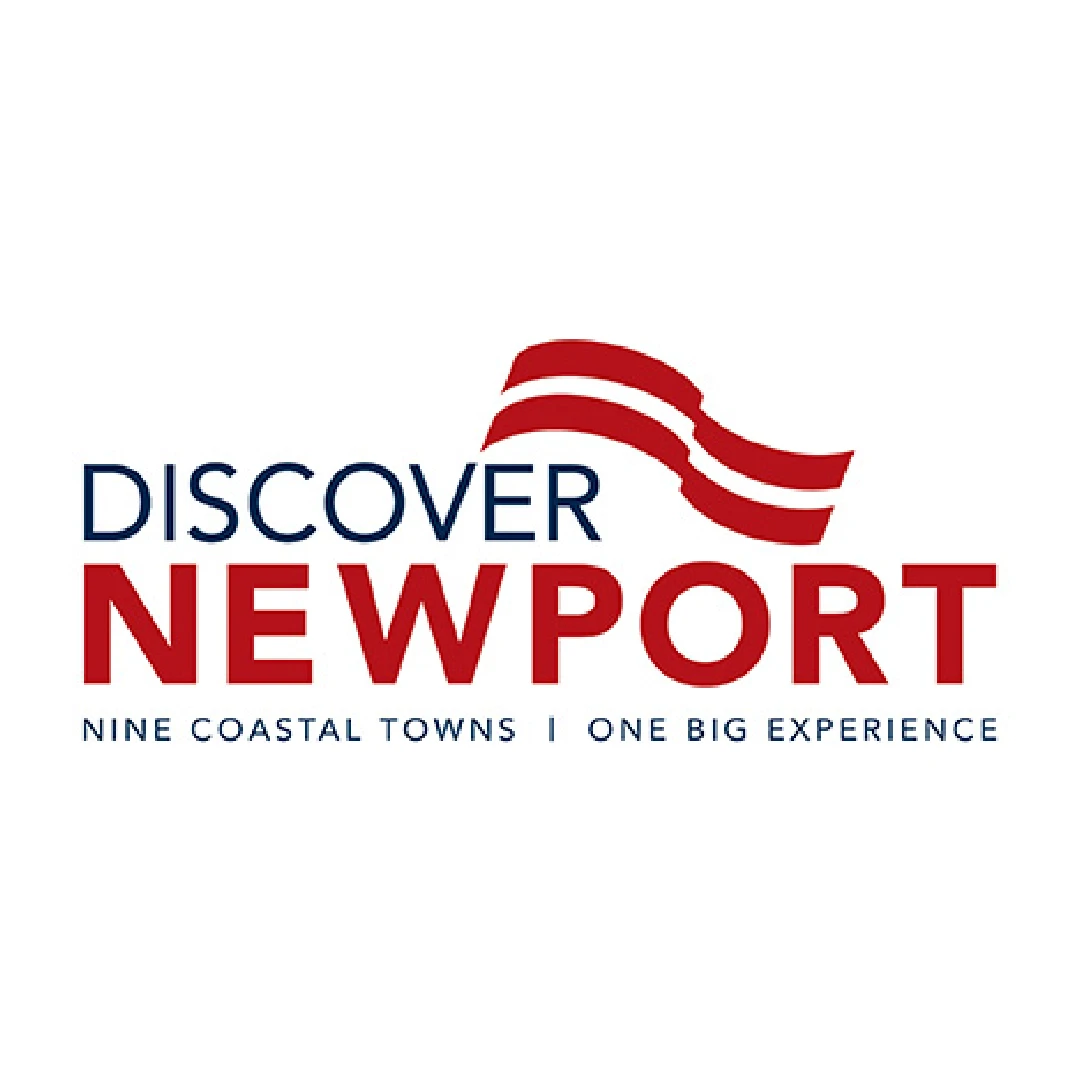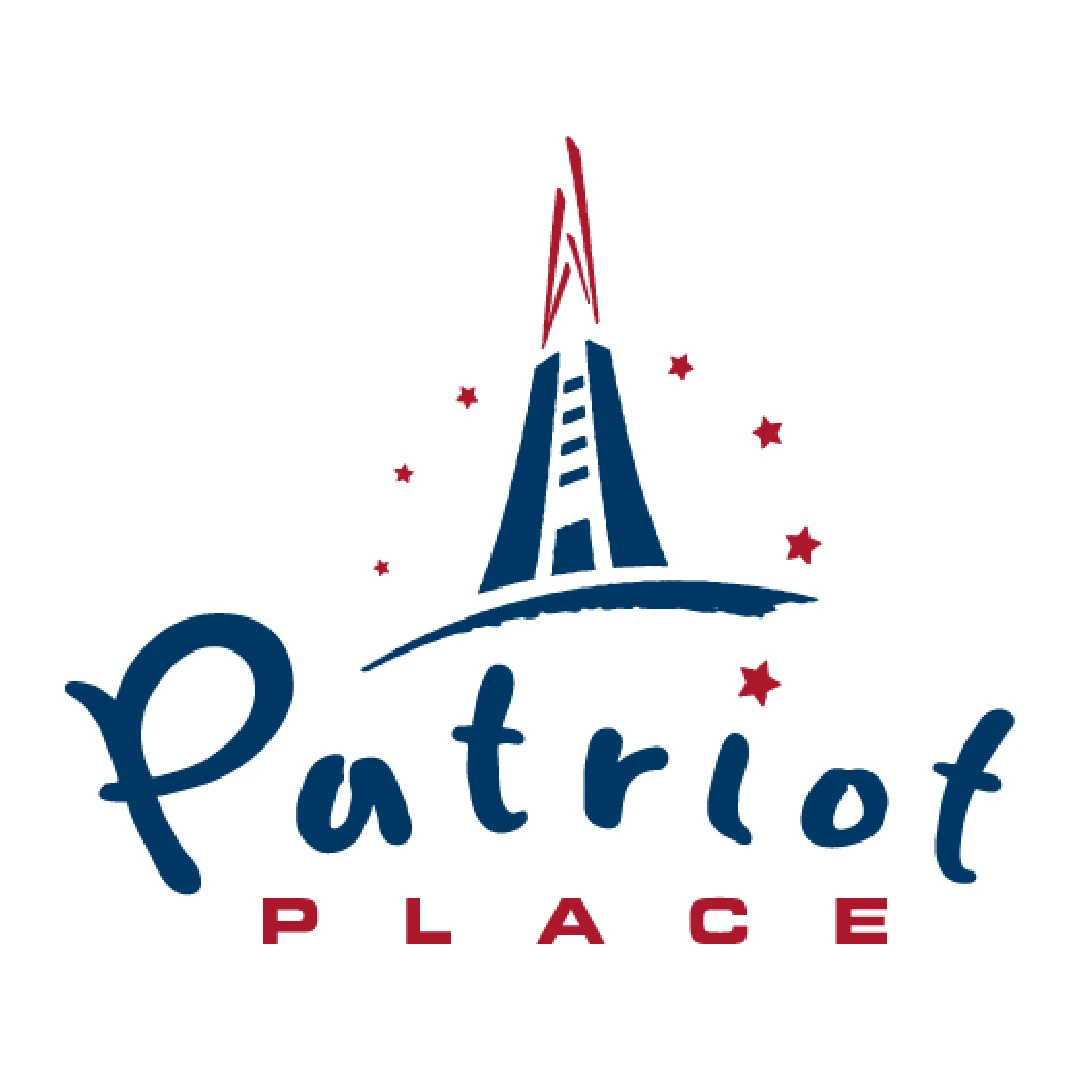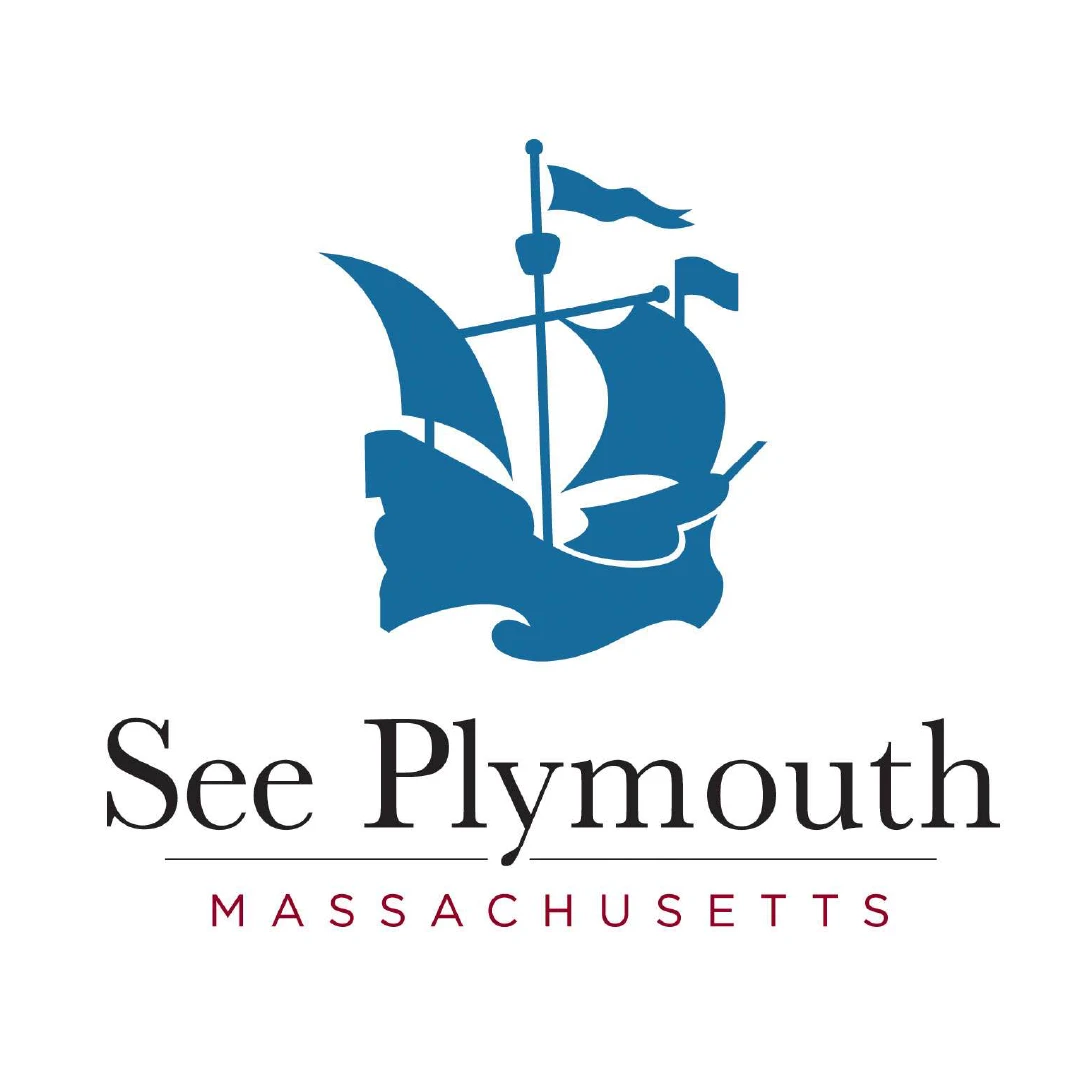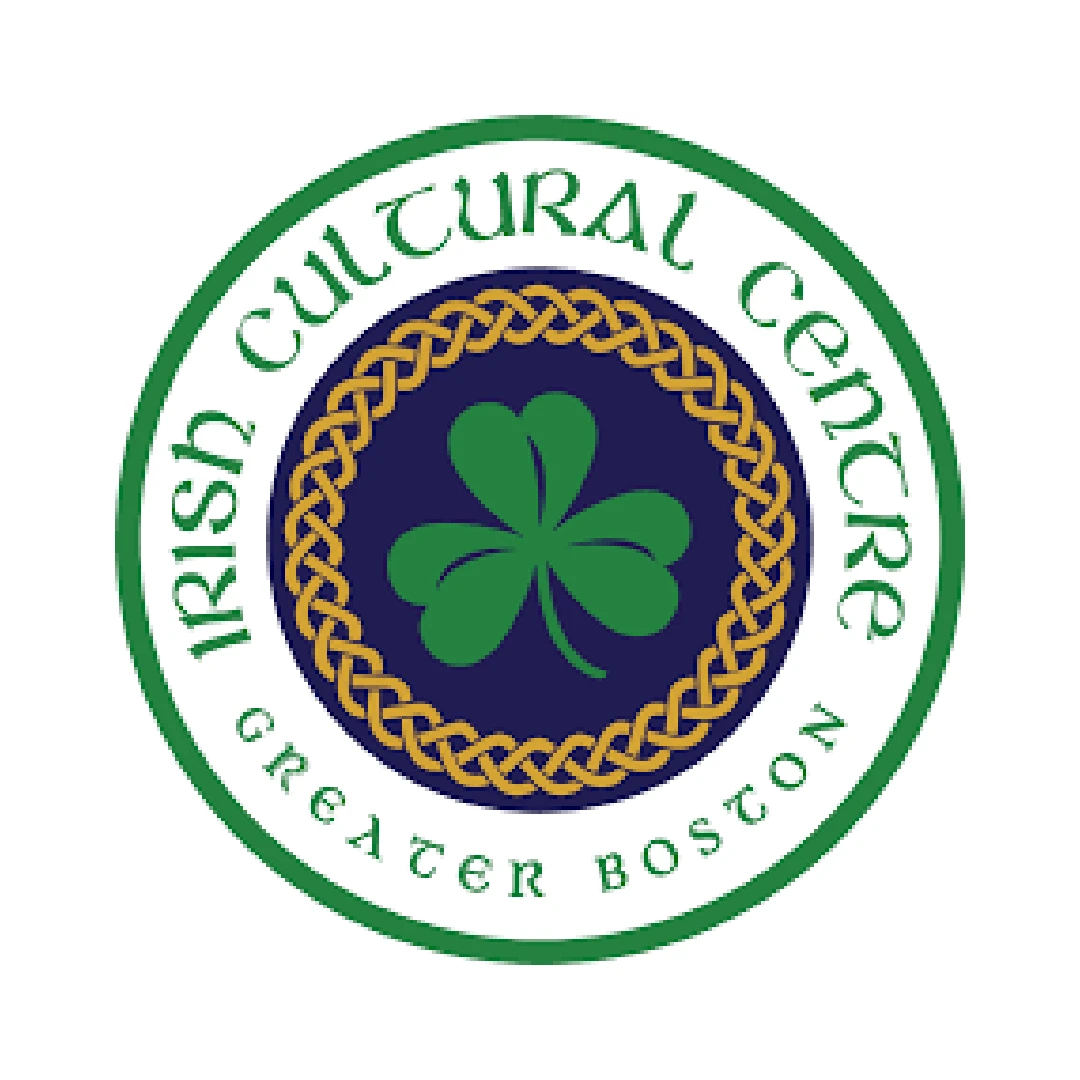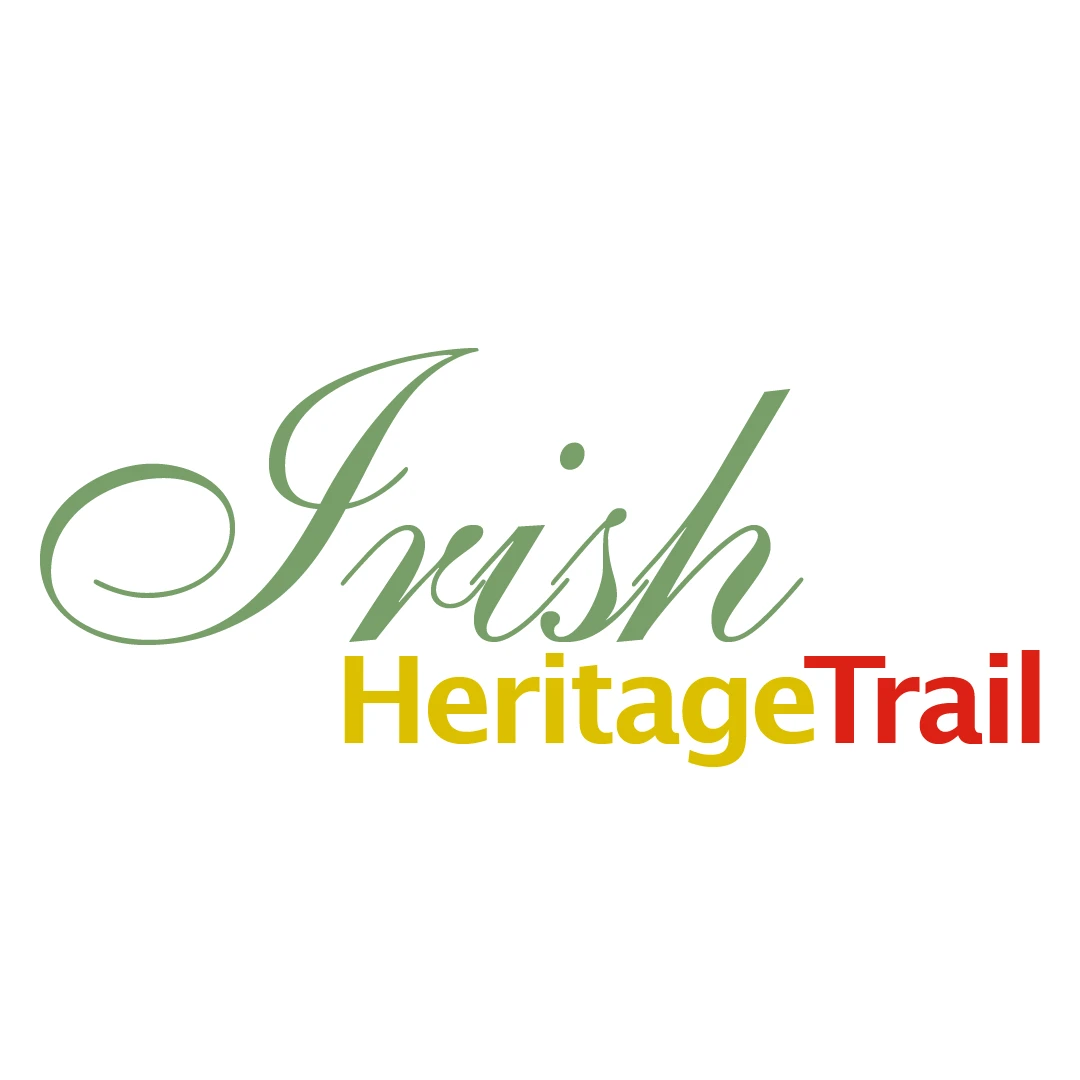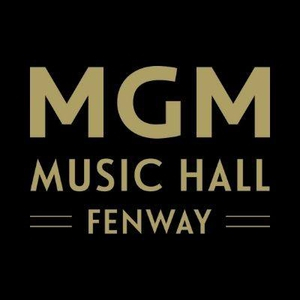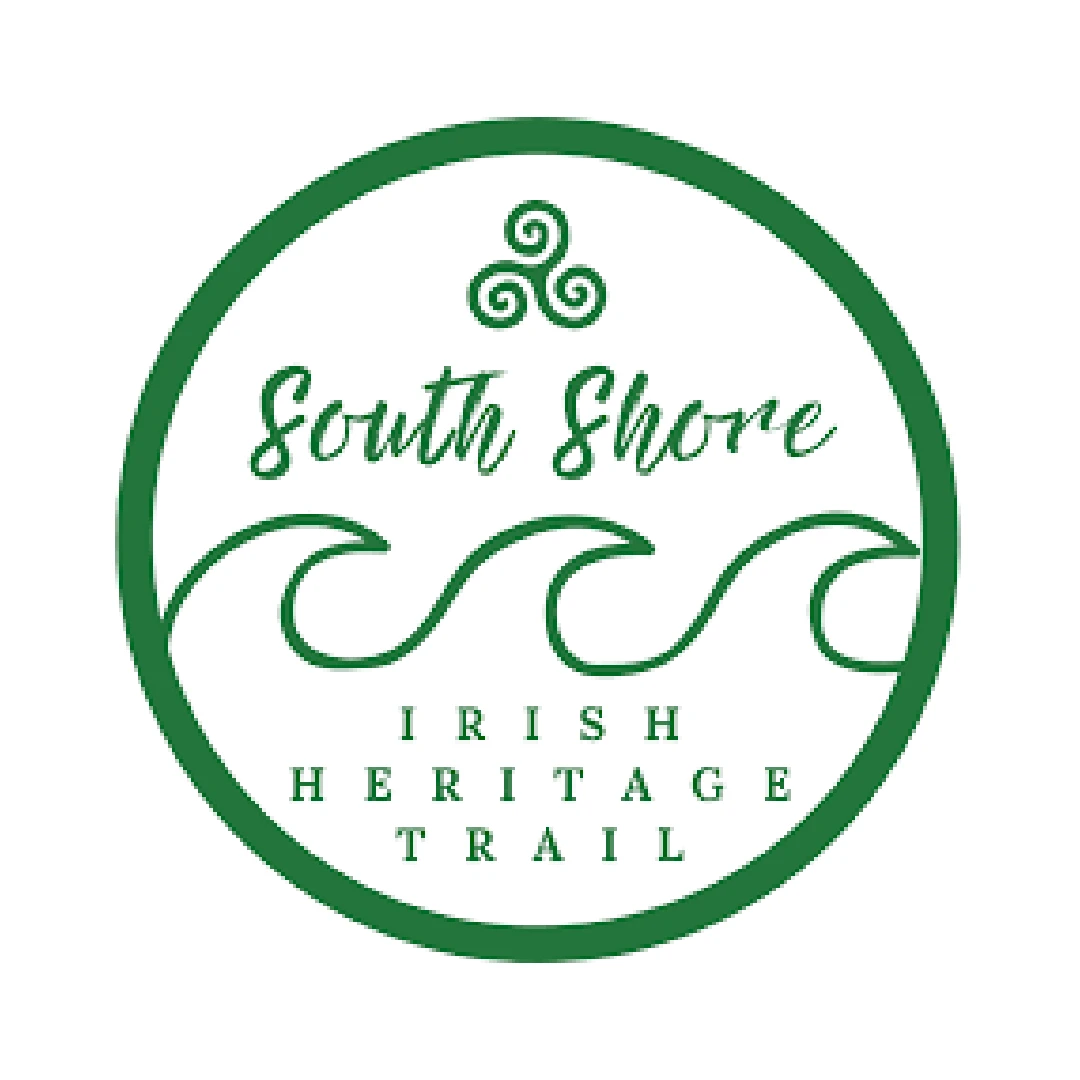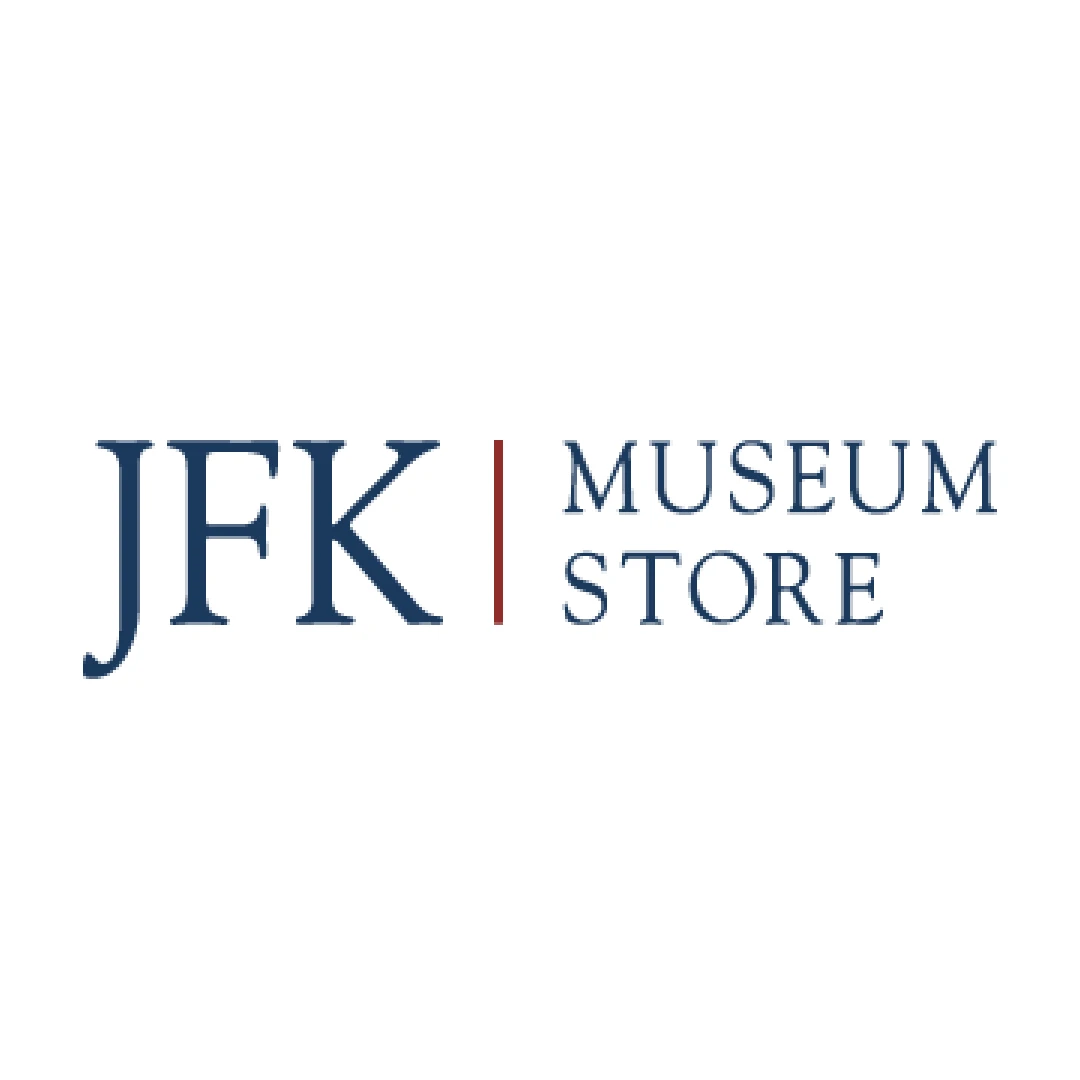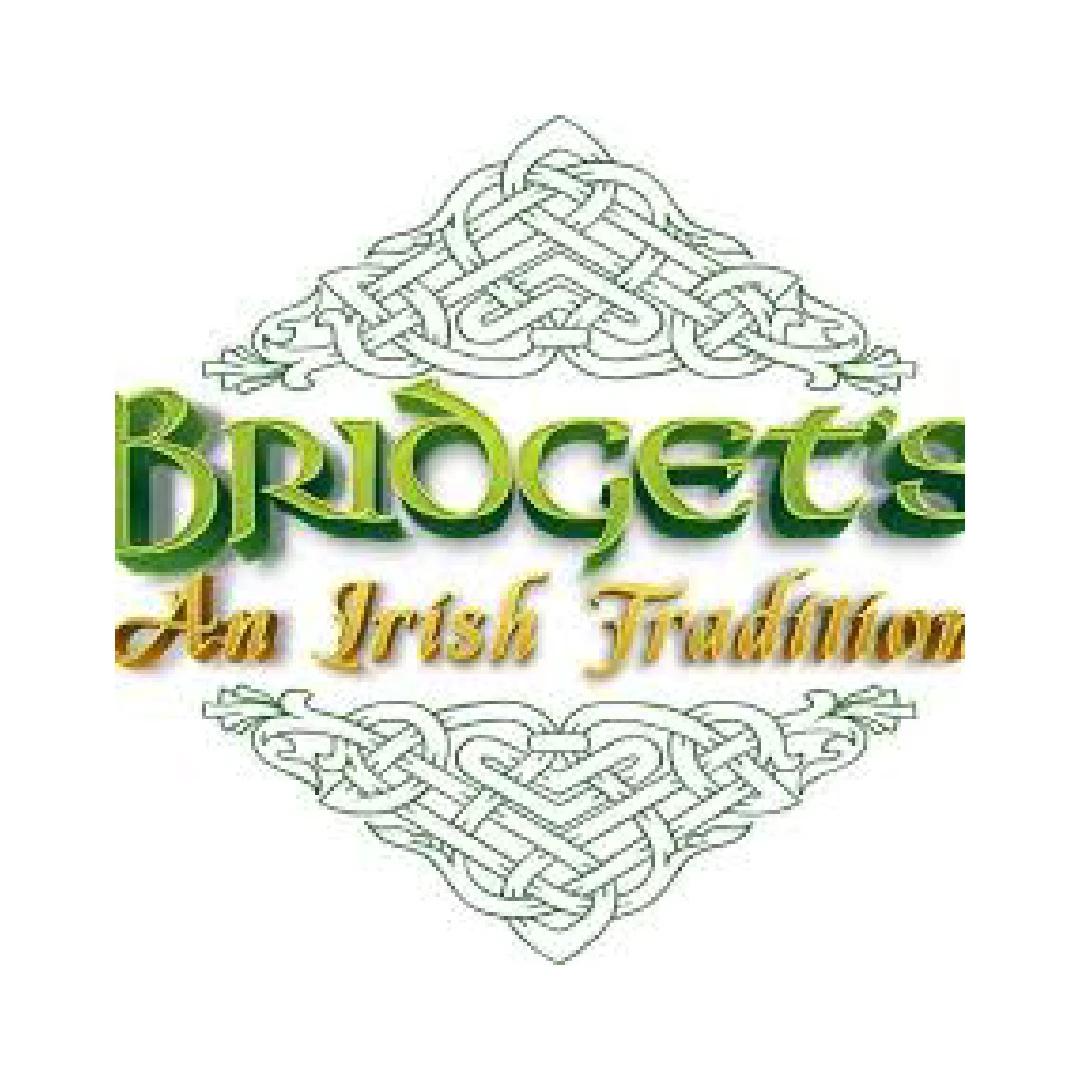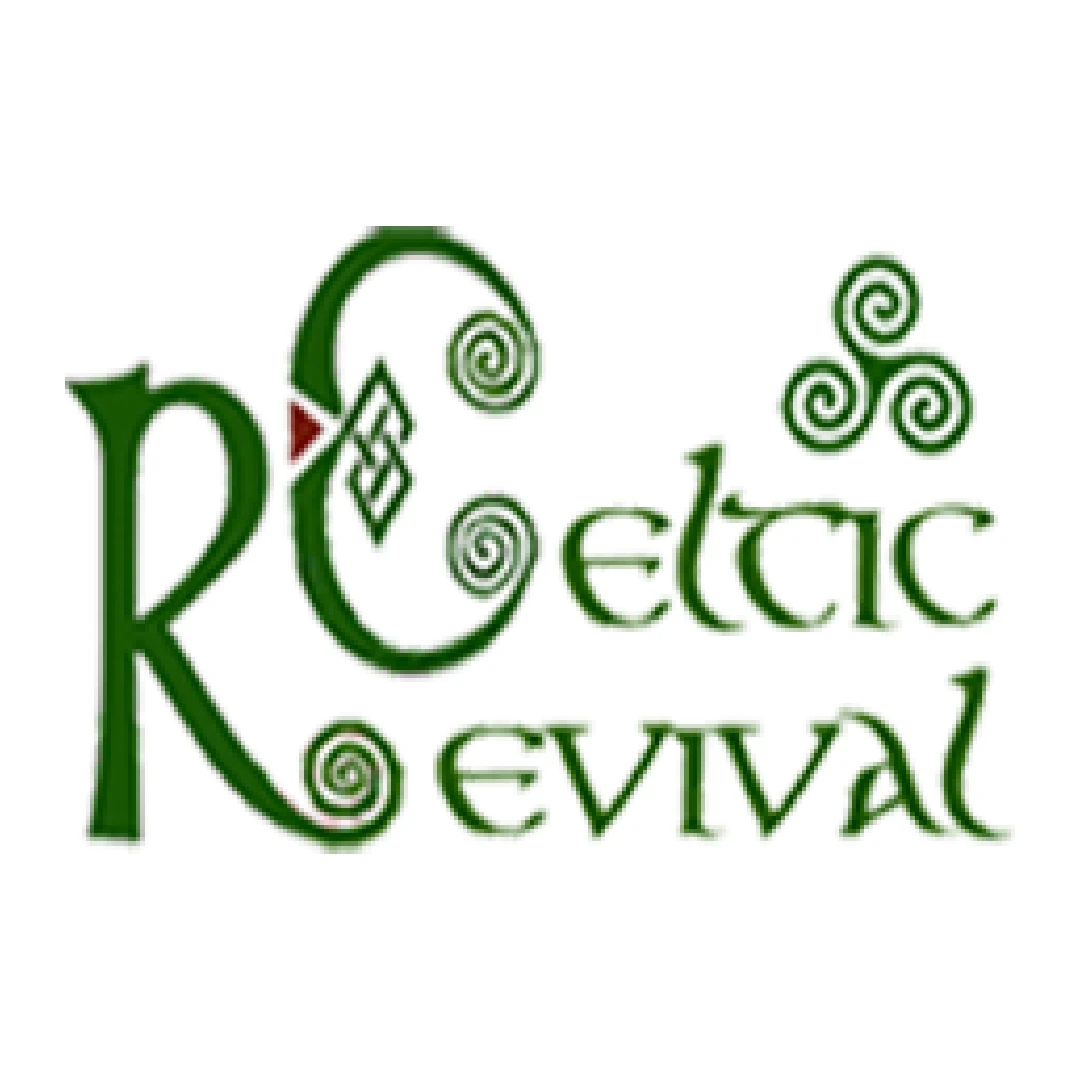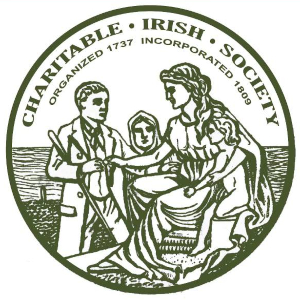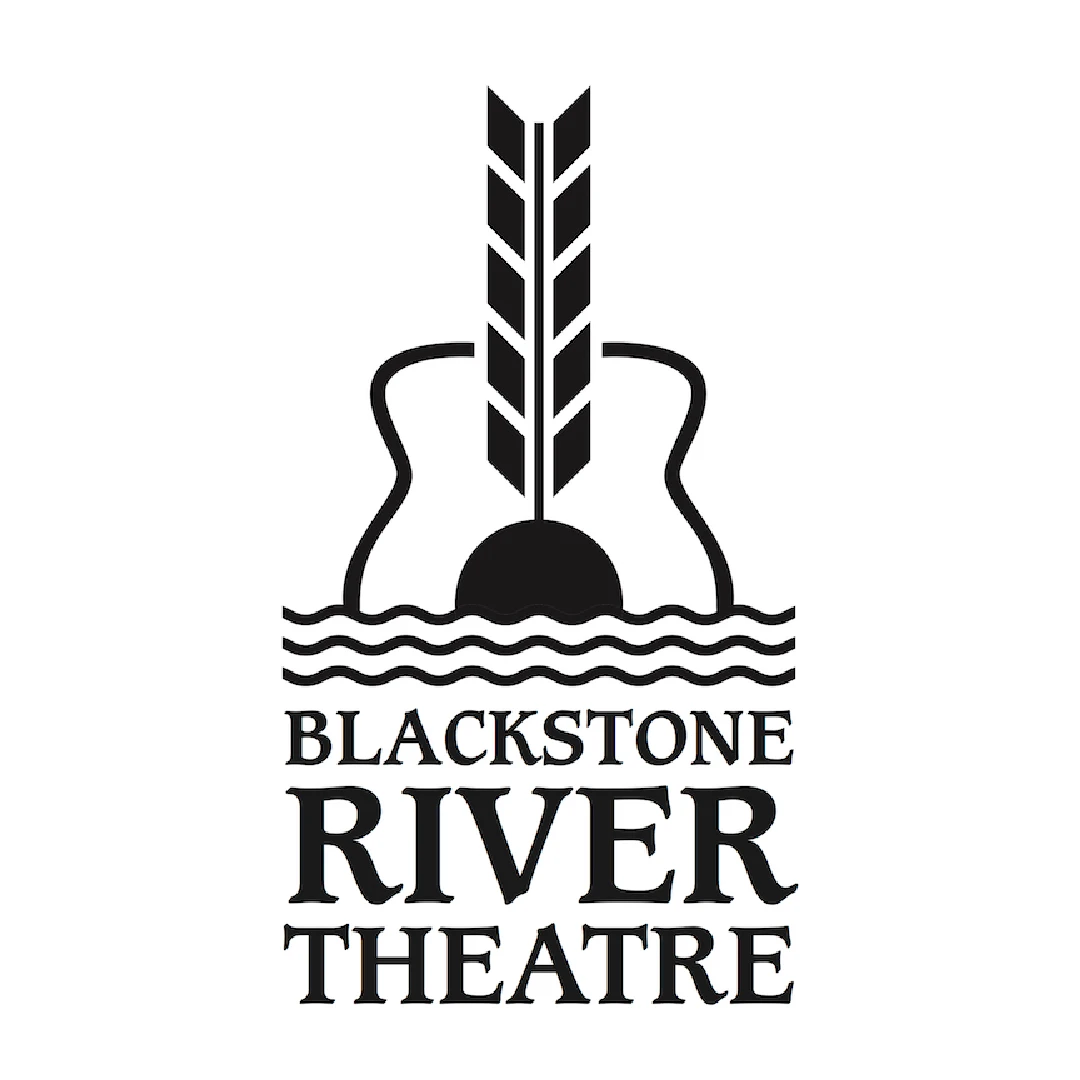Battle of Bunker Hill
In the early 18th century, Irish and Scottish settlers began infiltrating Boston’s solidly Puritan stock, coming by the boatload as congregations, or as stragglers wandering up from New York or down from Halifax, Nova Scotia. Long before basketball was invented, these were the original Boston Celtics! The wave of immigration from the island of Ireland…
Boston’s vibrant neighborhood of Charlestown has a rich Irish history that goes back to the American Revolution and continues today. There are several landmarks in Charlestown that visitors can explore along the Boston Irish Heritage Trail. Here are a few or our favorites. A Boston National Historic Park overseen by the National Park Service, the Bunker Hill Monument is…
Henry Knox, a first-hand witness to American history and a hero in the American Revolution, was born in Boston on July 25, 1750, the seventh of ten children. His parents, William Knox and Mary (née Campbell), were Ulster Scots immigrants who came to Boston from Derry in 1729, part of a large exodus of Ulster-Irish Presbyterians who…
On March 28, 1770, following the now famous Boston Massacre that occurred on March 5, local engraver Paul Revere released a depiction of the event that was quickly printed and distributed widely in the colonies, helping to fan the flames of rebellion. Revere, famous for the midnight ride to Lexington and Concord in 1775, was a…
Colonel John Glover, a local hero of the American Revolution, is memorialized on Boston’s Commonwealth Avenue Mall with an heroic bronze portrayal by Irish-born sculptor Martin Milmore. Described as an overlooked hero by the National Park Service, Glover was born in Salem, Massachusetts and became a successful sailor and maritime leader on Boston’s North Shore. His…
New Hampshire native John Sullivan committed the first act of armed rebellion against the British Crown on December 14, 1774, when he and his men raided Fort William and Mary in Portsmouth, NH and seized an arsenal of gun powder and guns. The quickly planned raid came after Paul Revere rode up from Boston to alert Sullivan…
The annual Patriots Day celebration held each April in Massachusetts is a cherished remembrance of local American history and heritage. It harkens back to April 19, 1775, when farmers and merchants, townspeople and volunteer soldiers in Concord, Lexington and nearby towns who banded together against encroaching British troops. The confrontation began when British soldiers set…
March 17 is a big day in Boston, Massachusetts, and has been ceremoniously observed, commemorated and celebrated going back to the 18th century. It is commonly recognized as Evacuation Day and St. Patrick’s Day, two occasions that have been entwined in Boston going back centuries. Evacuation Day March 17, 1776 is the date when British…
Central Burying Ground on Boston Common, Fall 2022 Tucked away in a shady plot at the corner of Tremont and Boylston Street on Boston Common is the Central Burying Ground, cemetery established in 1756 as Boston’s fourth cemetery. It was originally called the South Burying Ground, and was used to bury foreigners, strangers, indigents and soldiers….
Photo by Peter H. Dreyer, Boston City Archives Bunker Hill Day is celebrated in Boston each June 17 to mark the famous Battle of Bunker Hill, which took place on June 17, 1775 between American colonists and British troops. The Bunker Hill Monument was built to recognize the sacrifice of the colonists fighting against British rule. The British…
Grand Union Flag used by George Washington at his Cambridge Headquarters in 1776 Here is an interesting summary of the variety of flags in the colonies at the start of the American Revolution, as reprinted in Irish American Almanac in 1876. The original source, according to the Almanac, was Appleton’s American Cyclopaedia. “In the beginning…
Get the Latest Irish News & Events in Your Inbox
Join our mailing list

